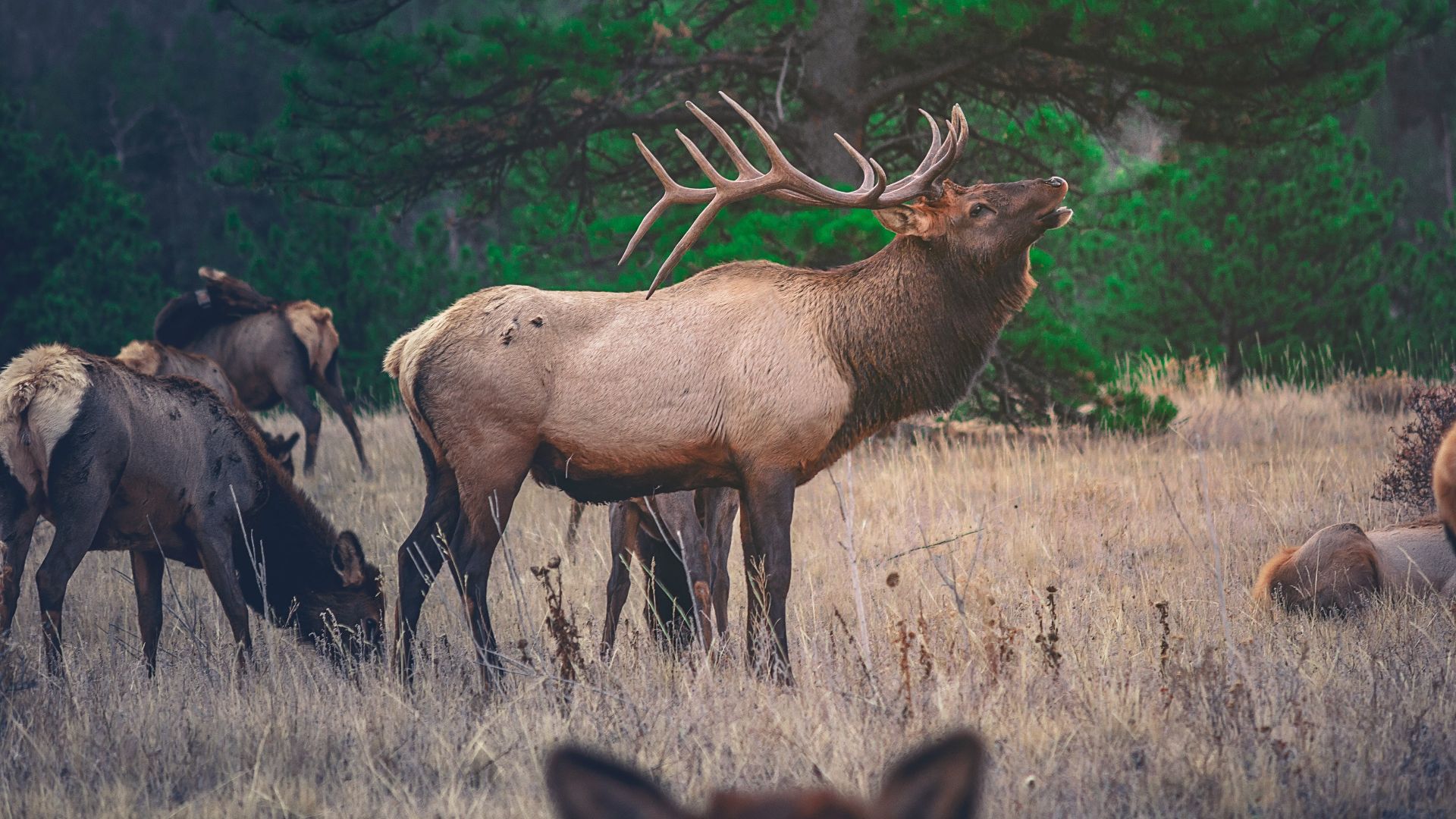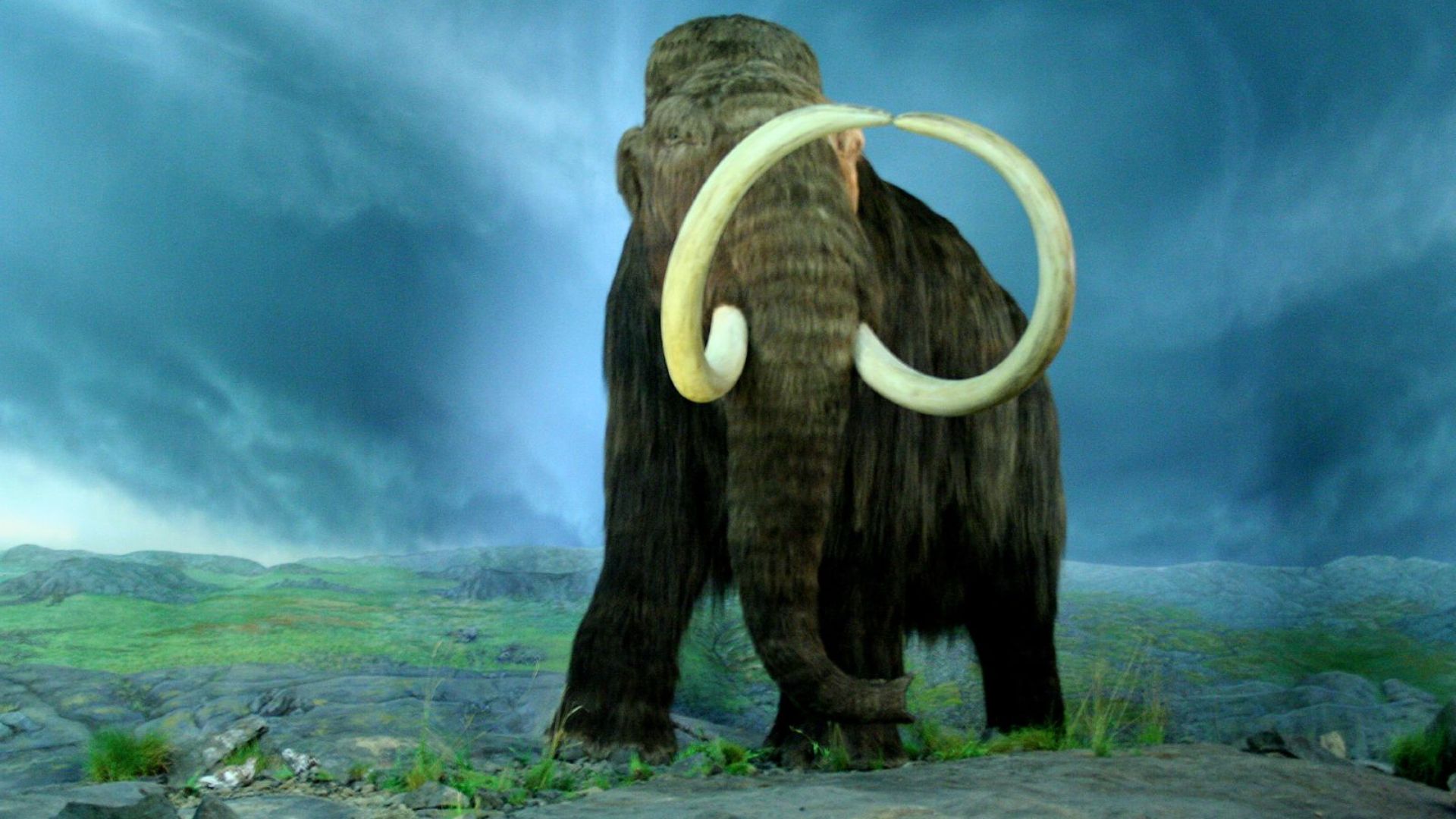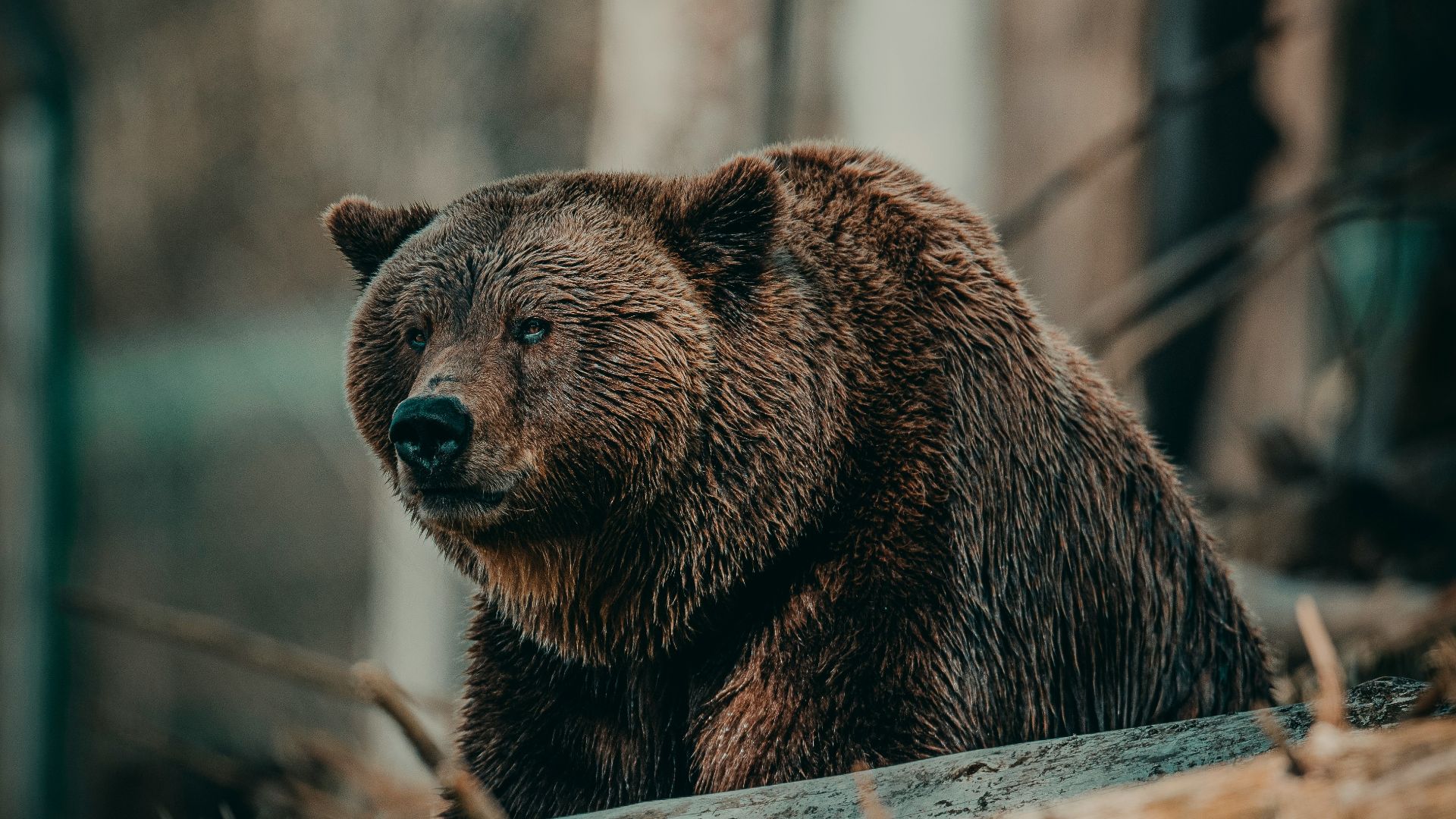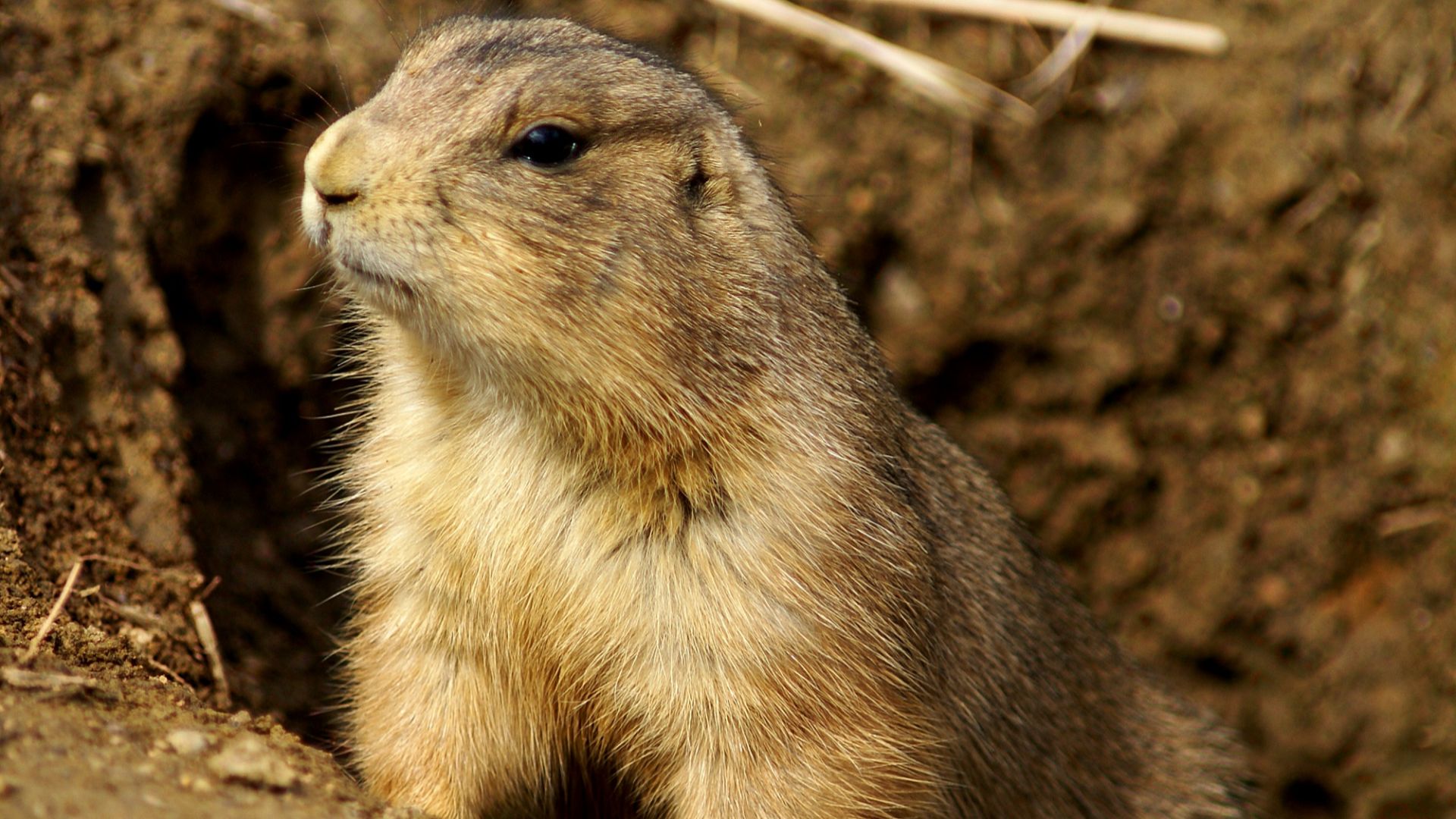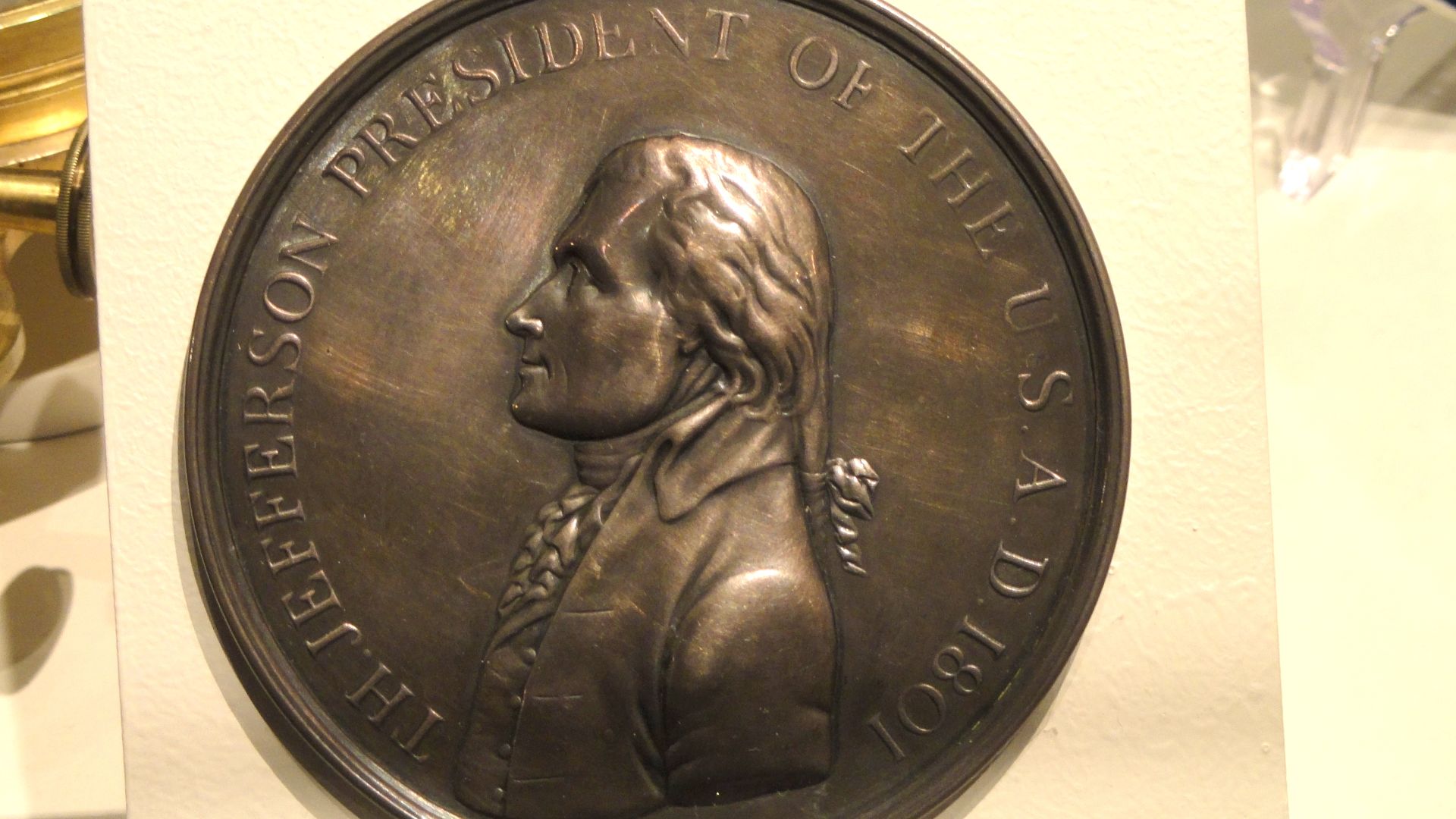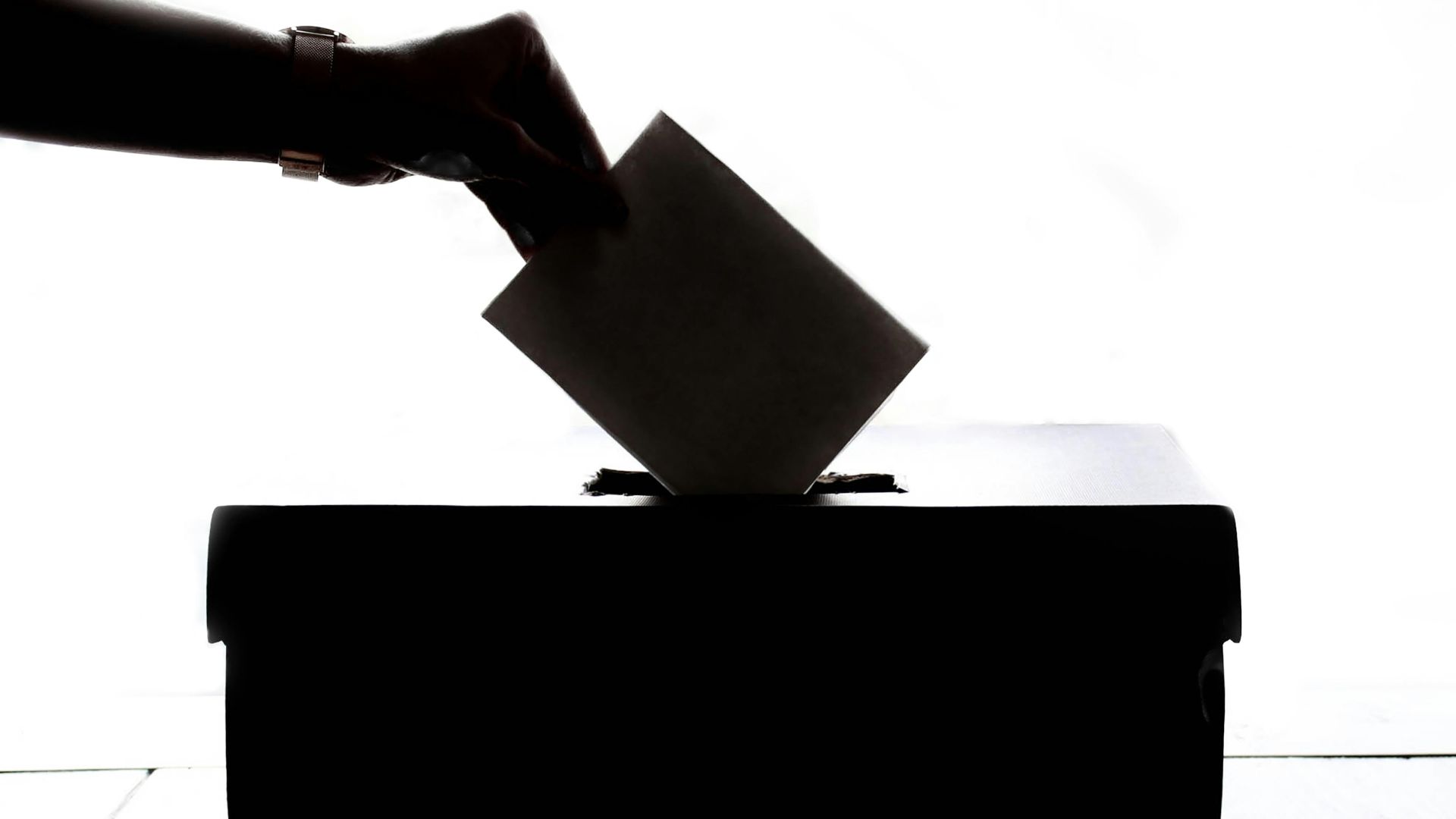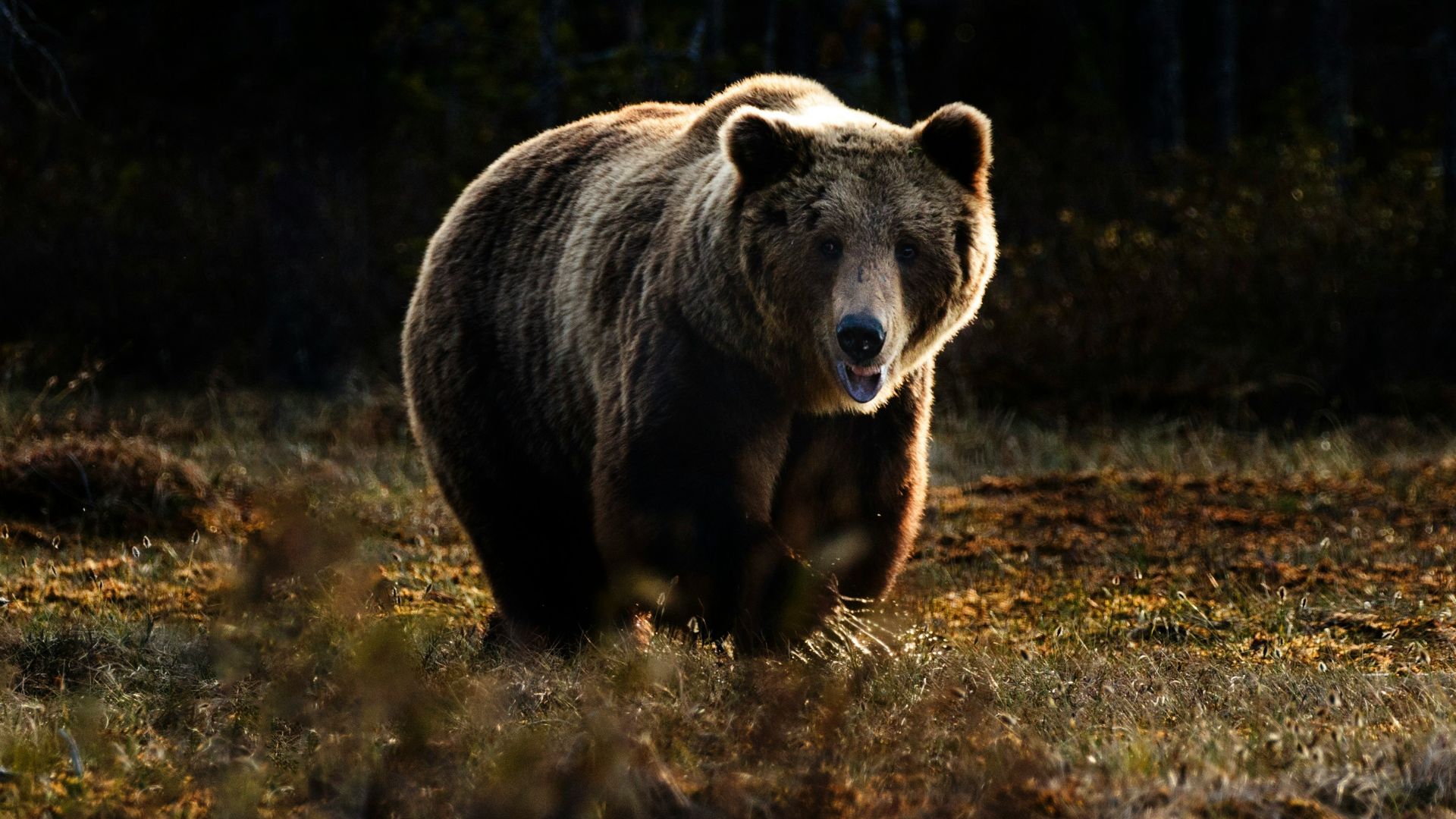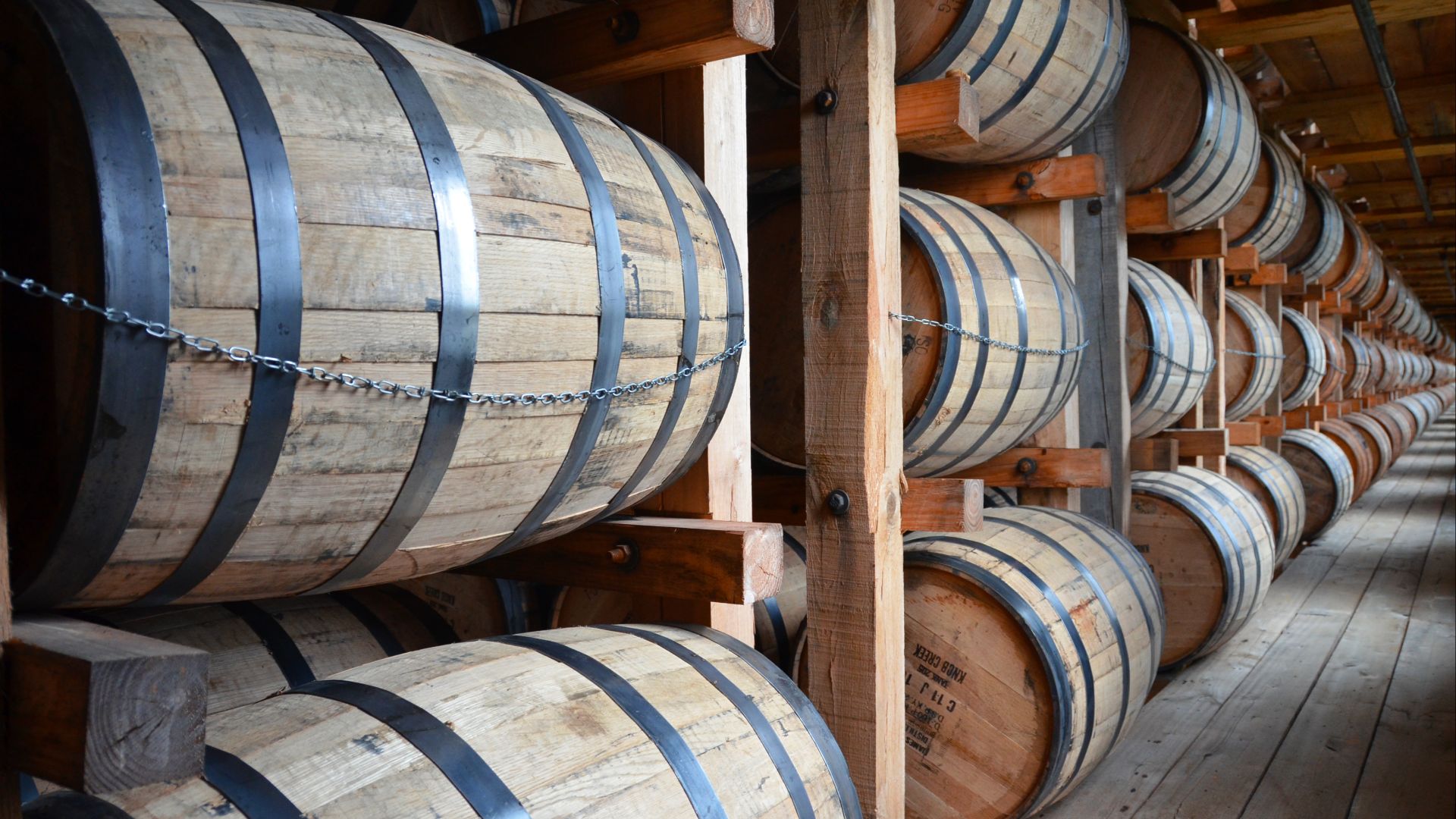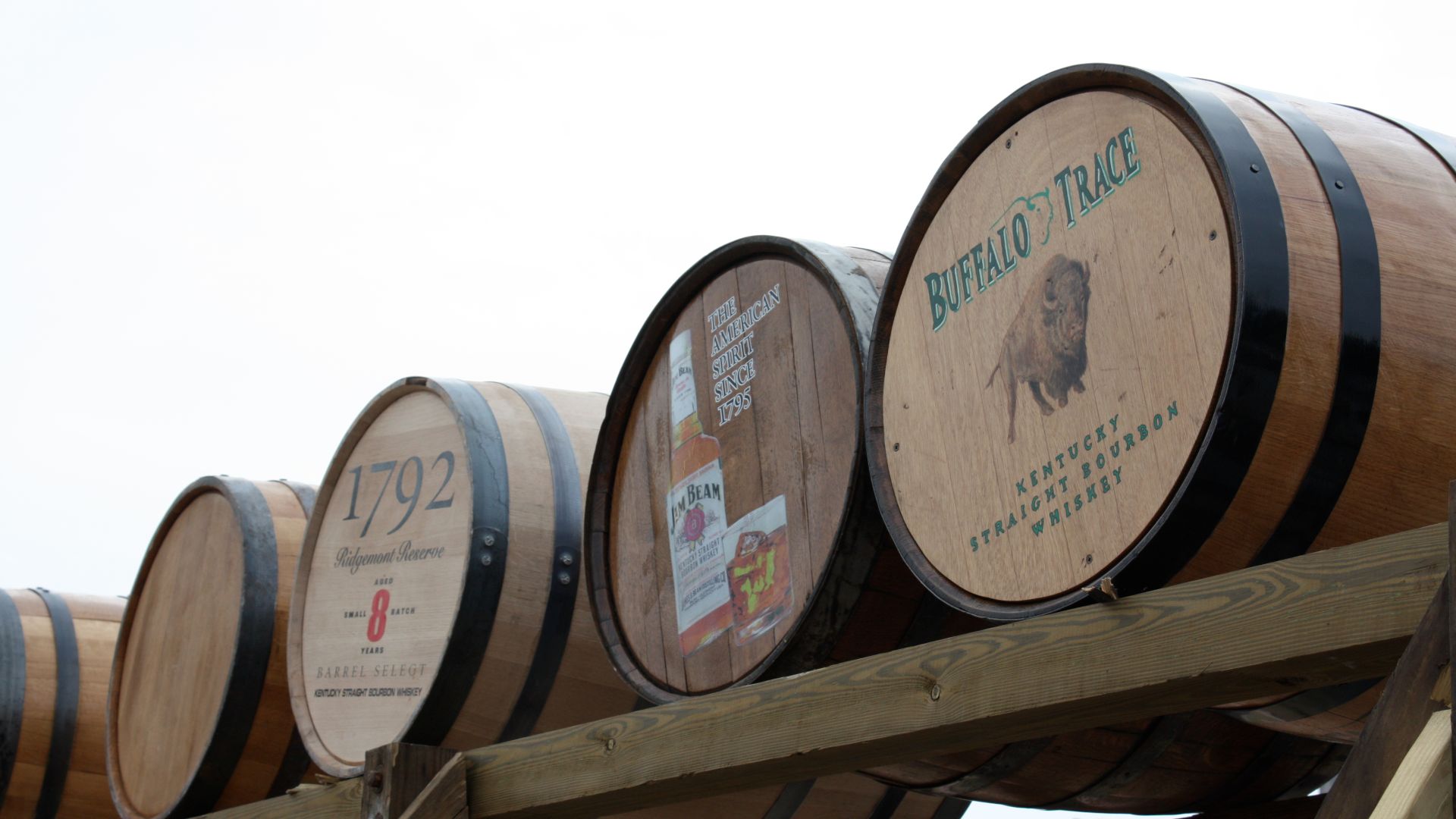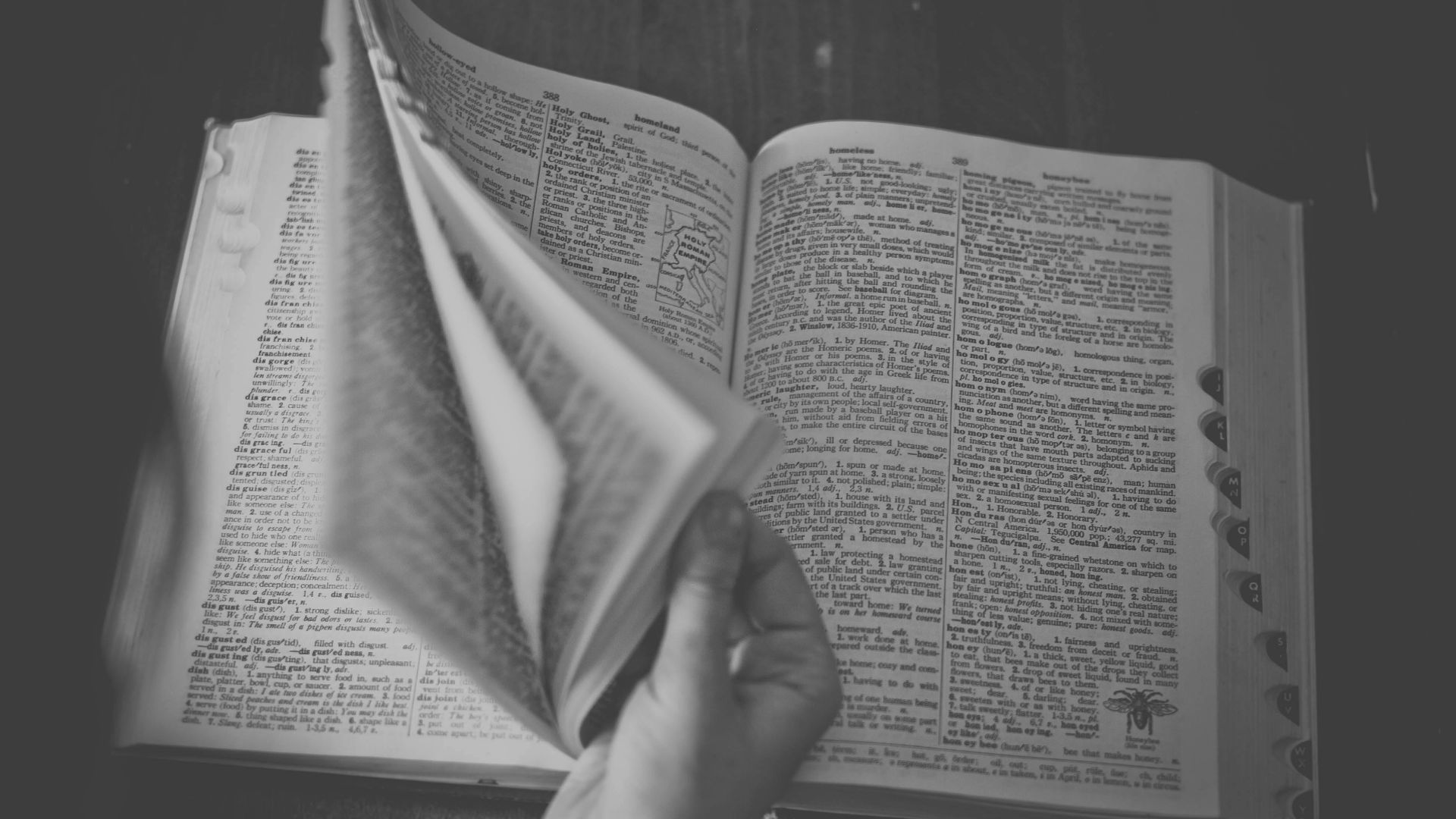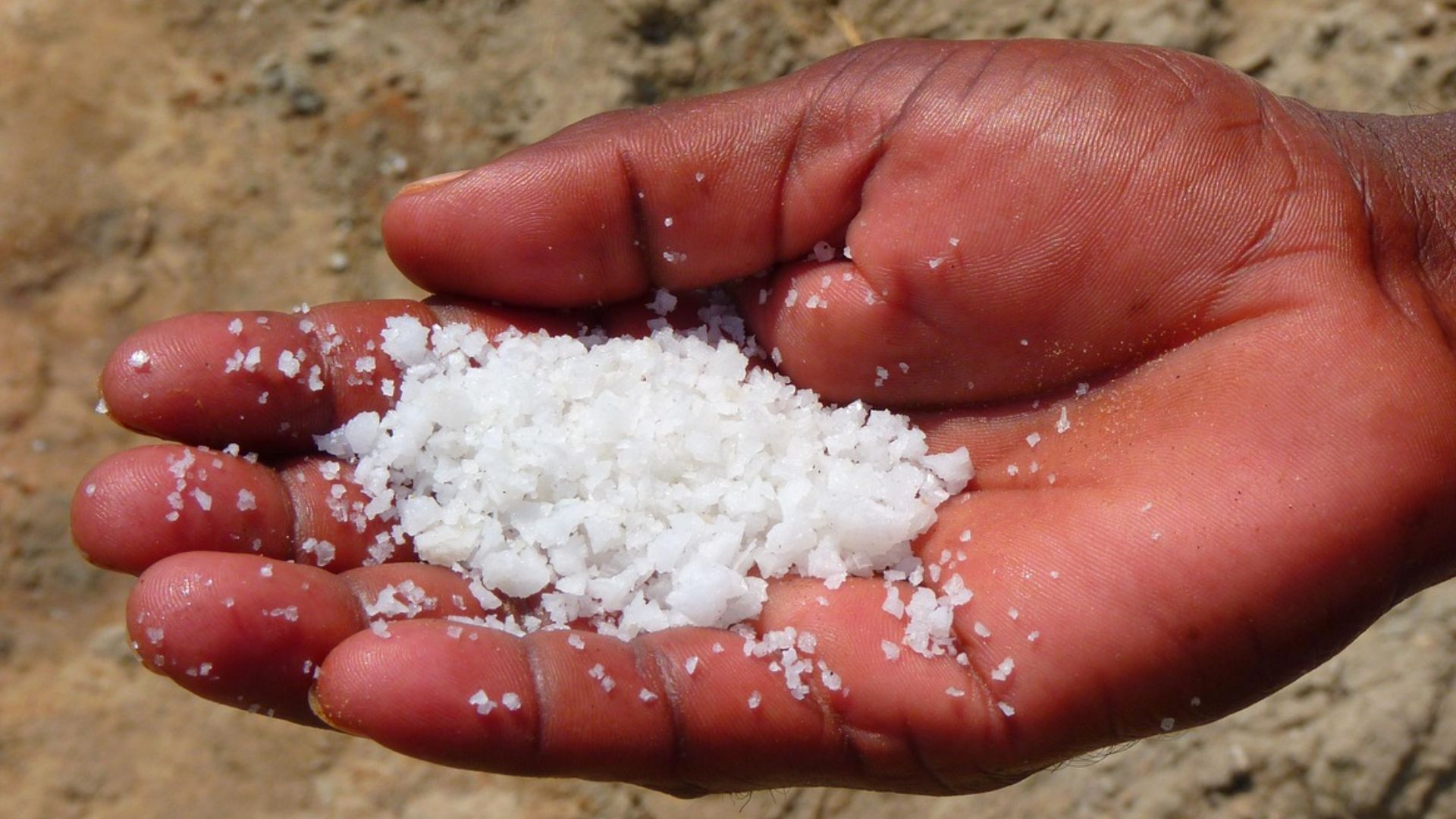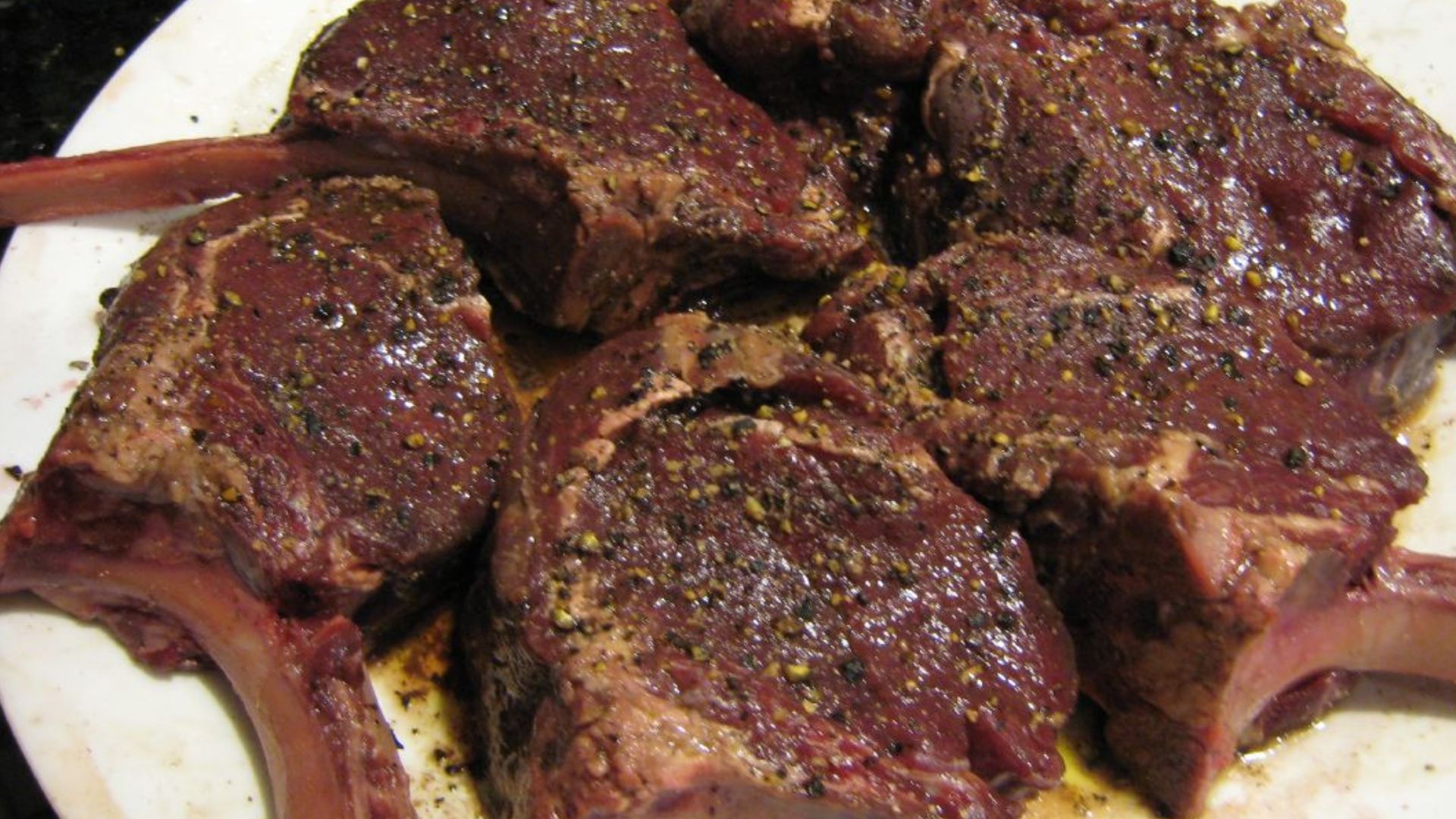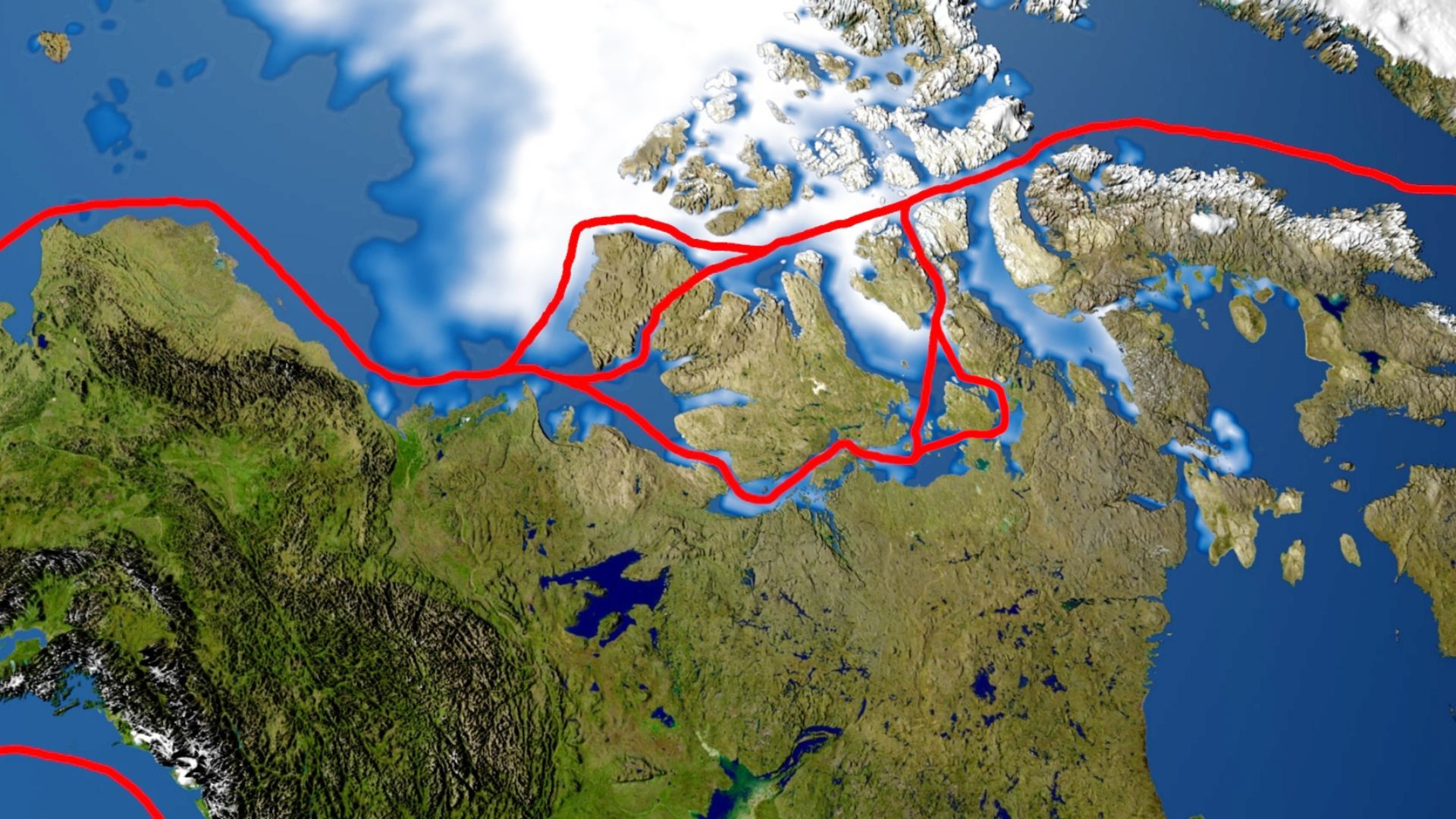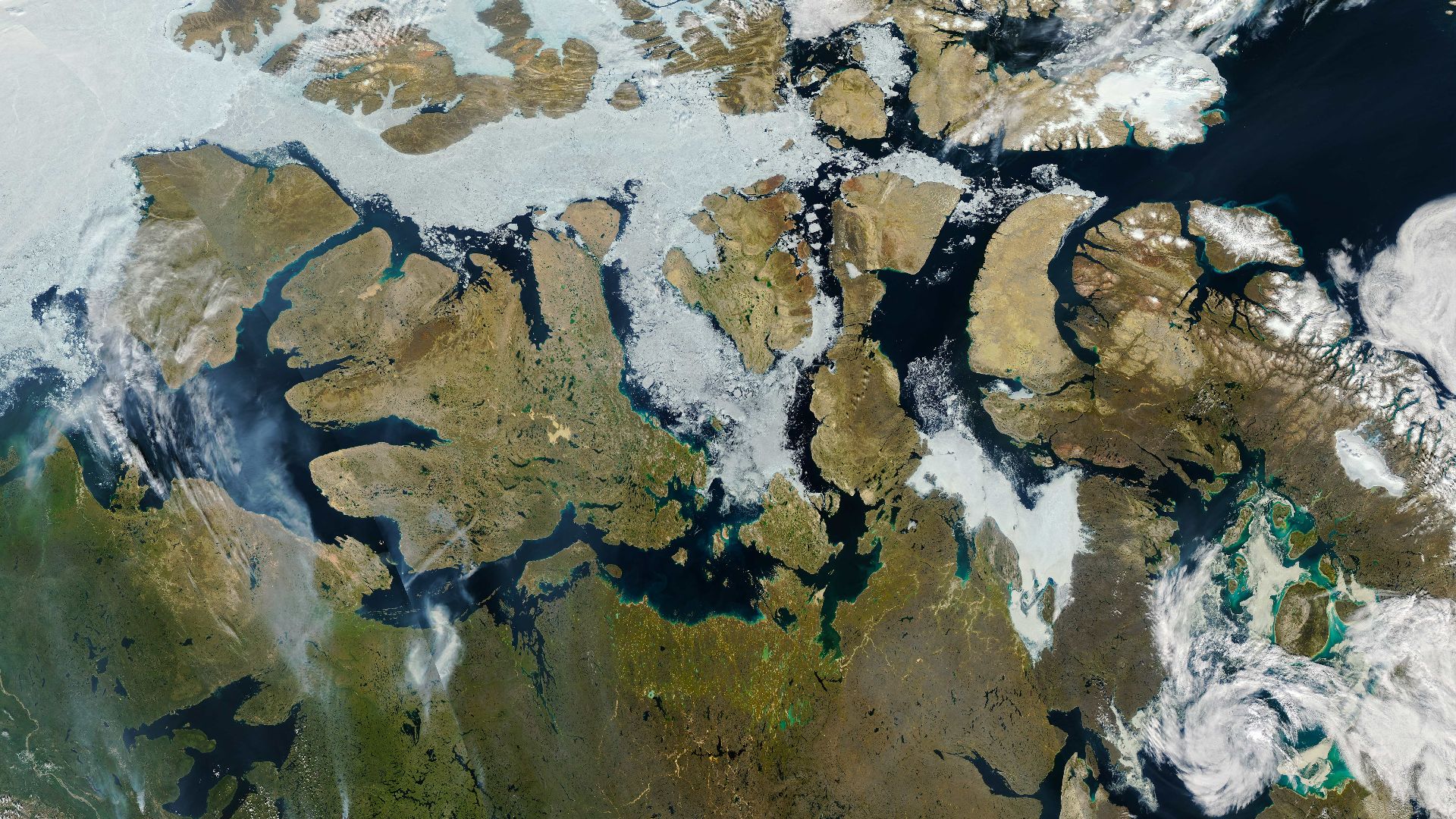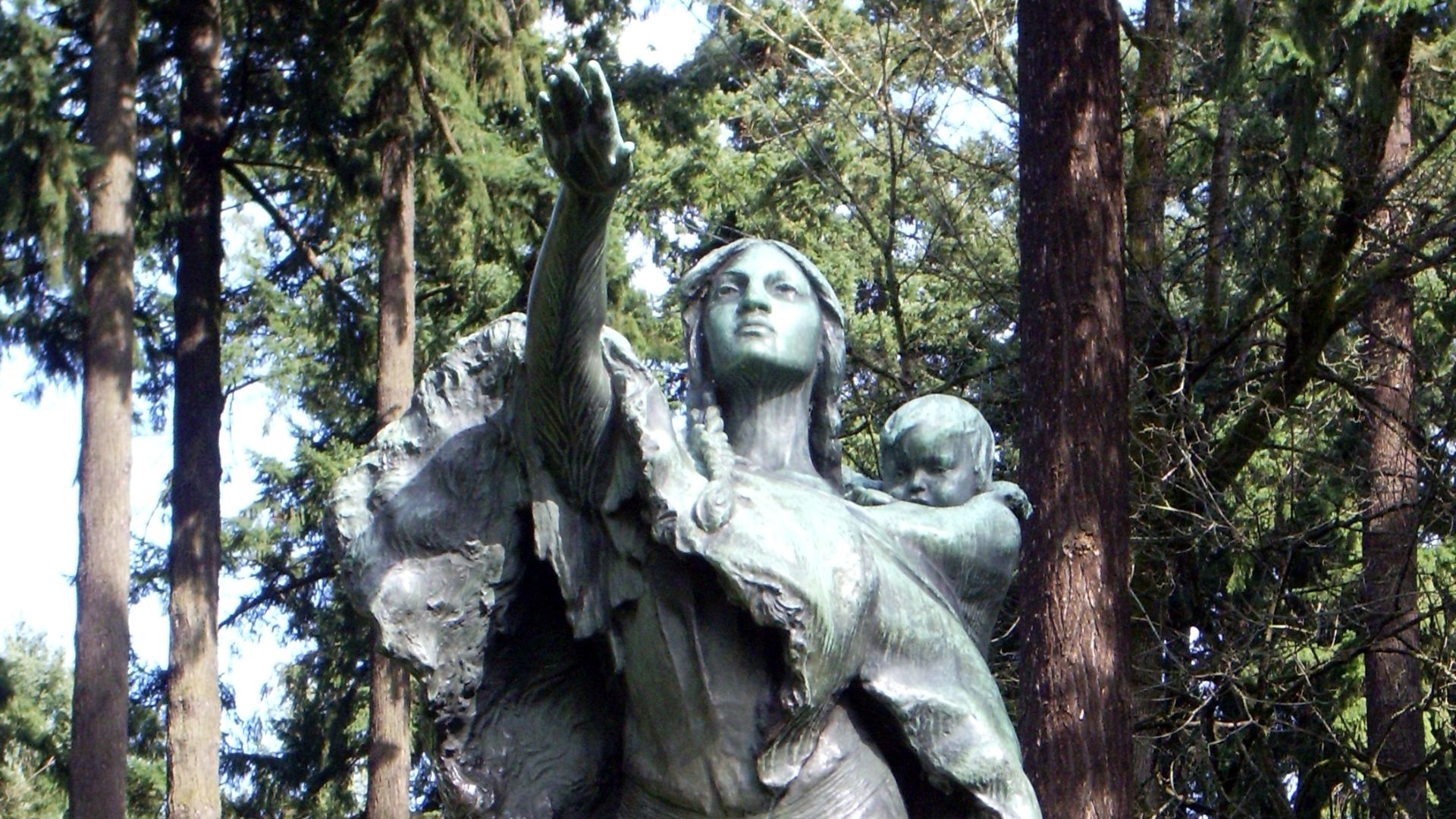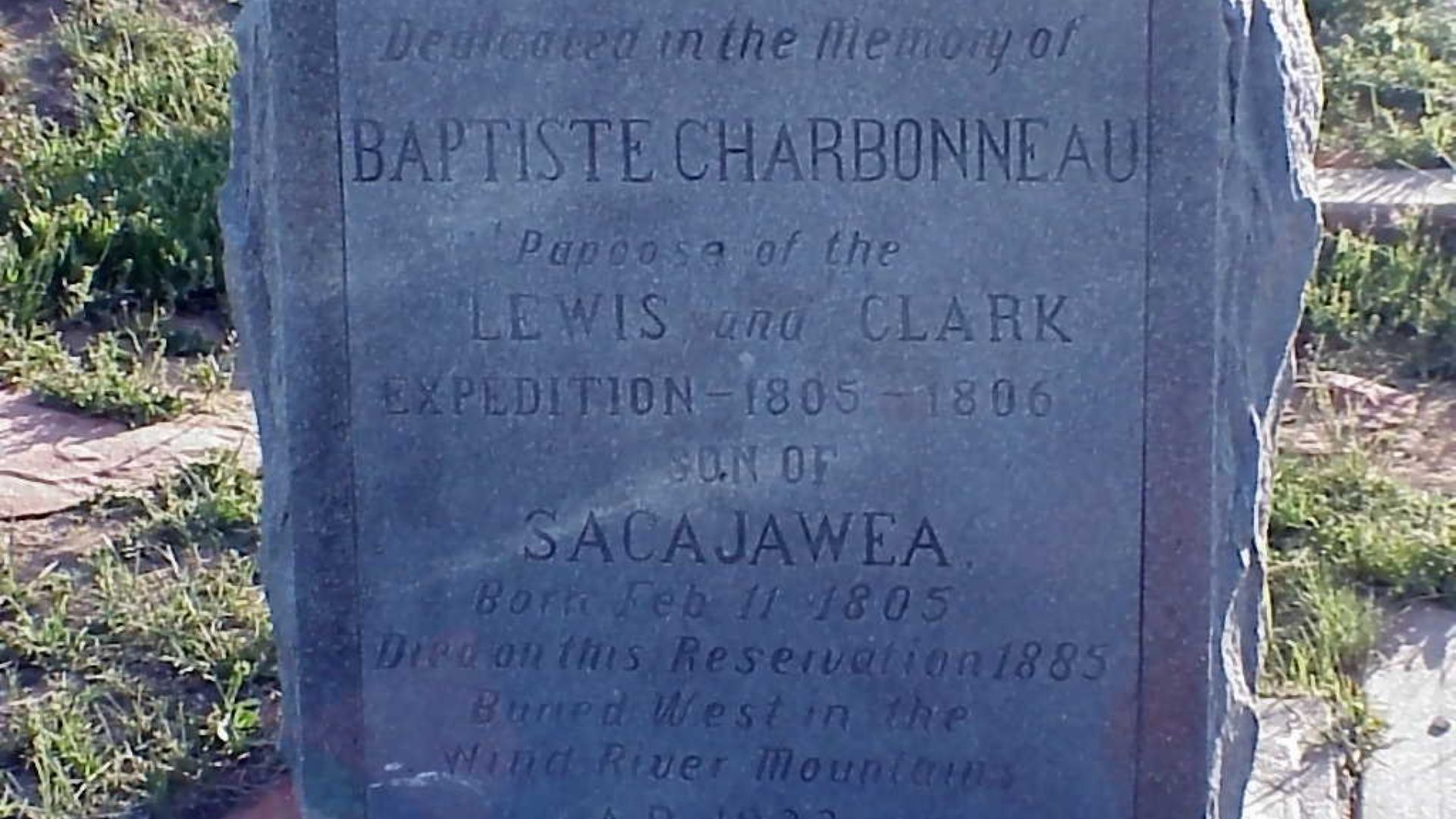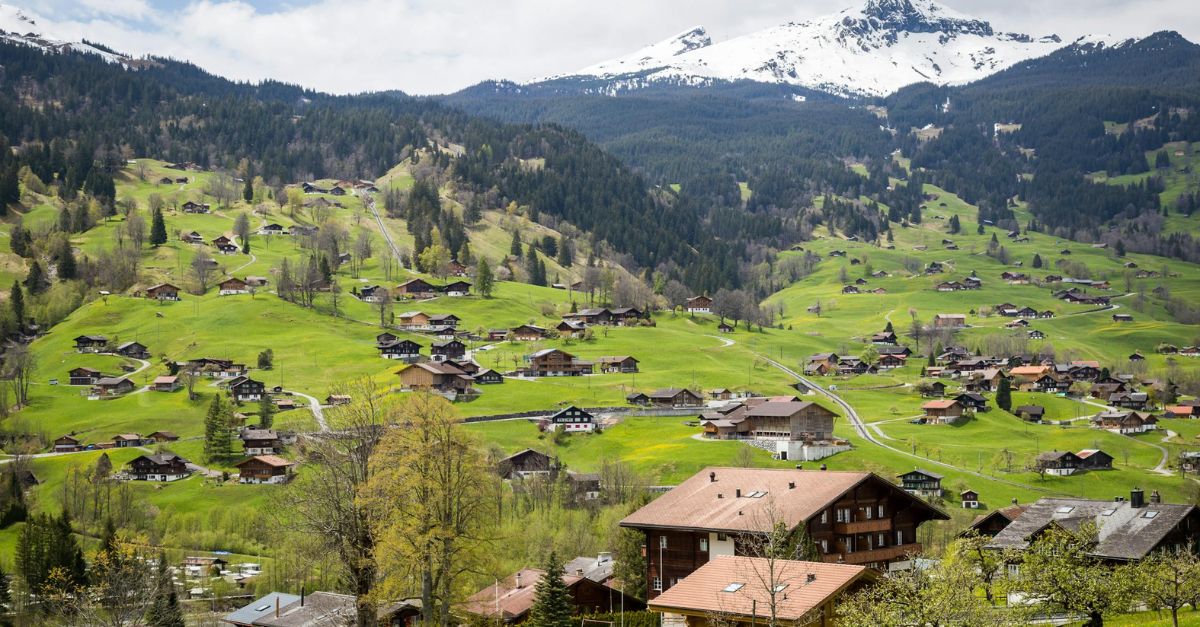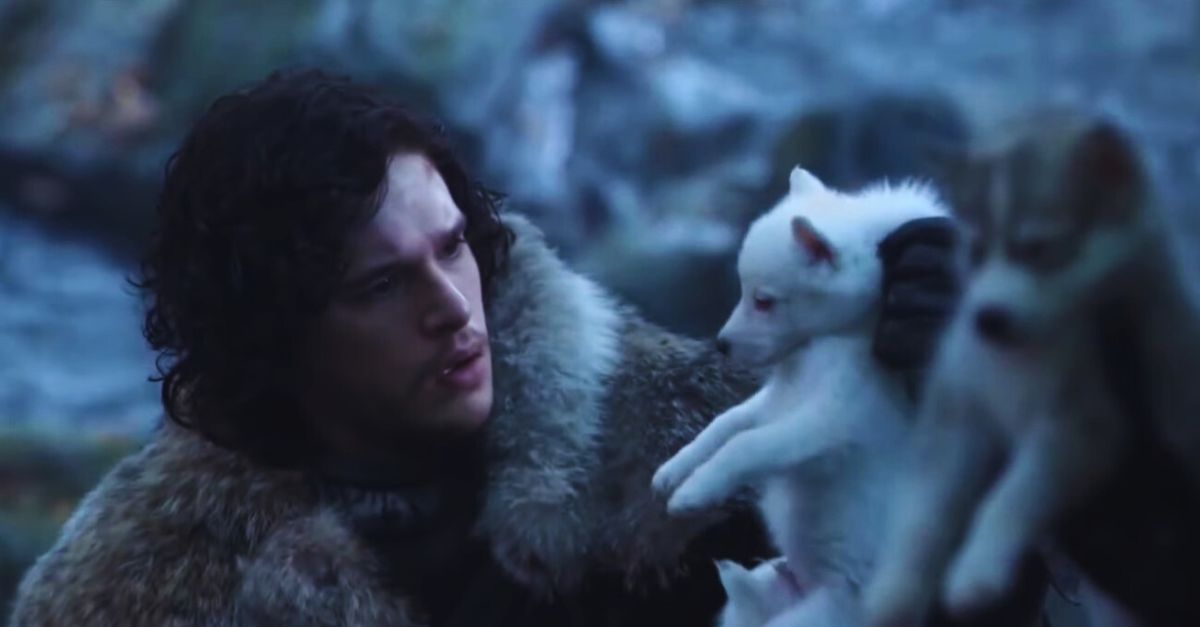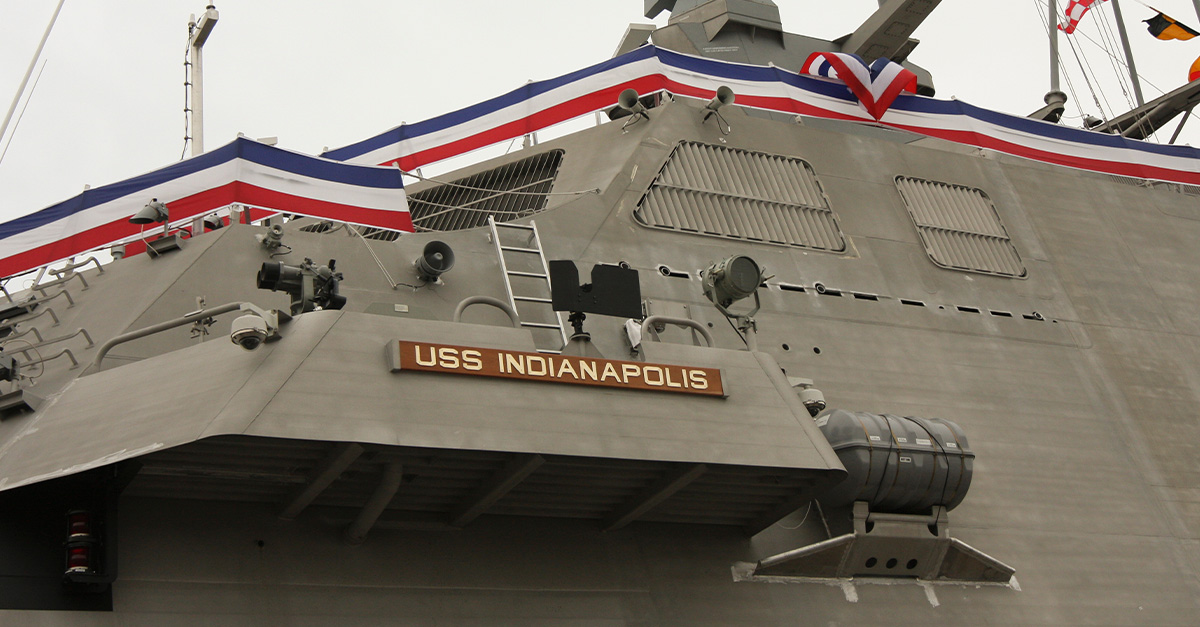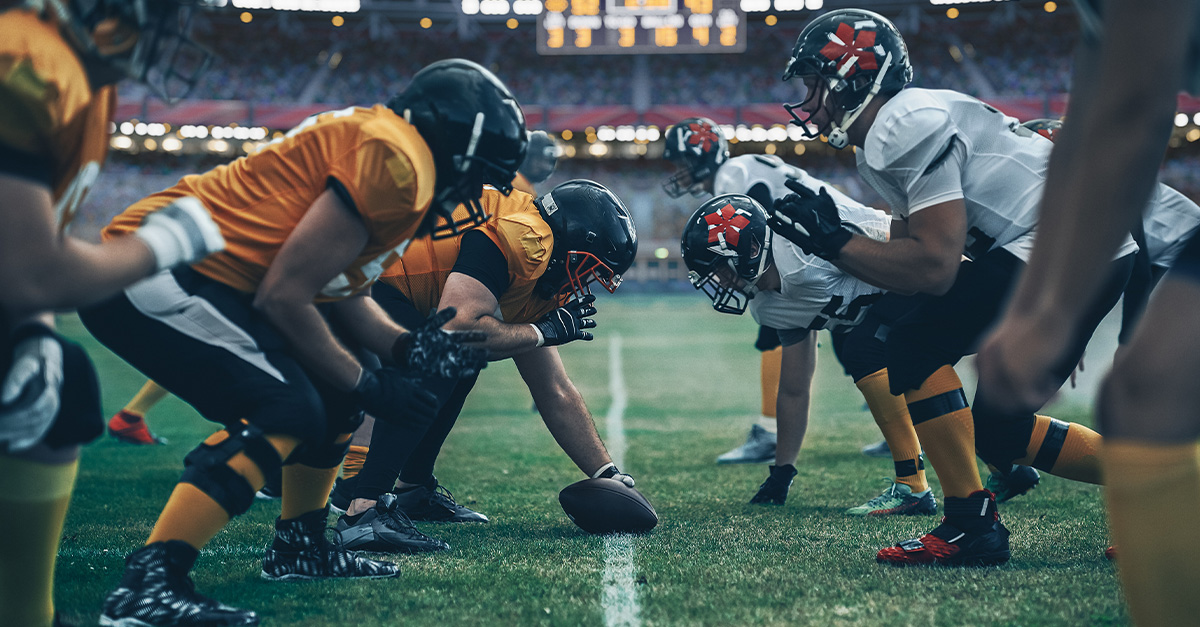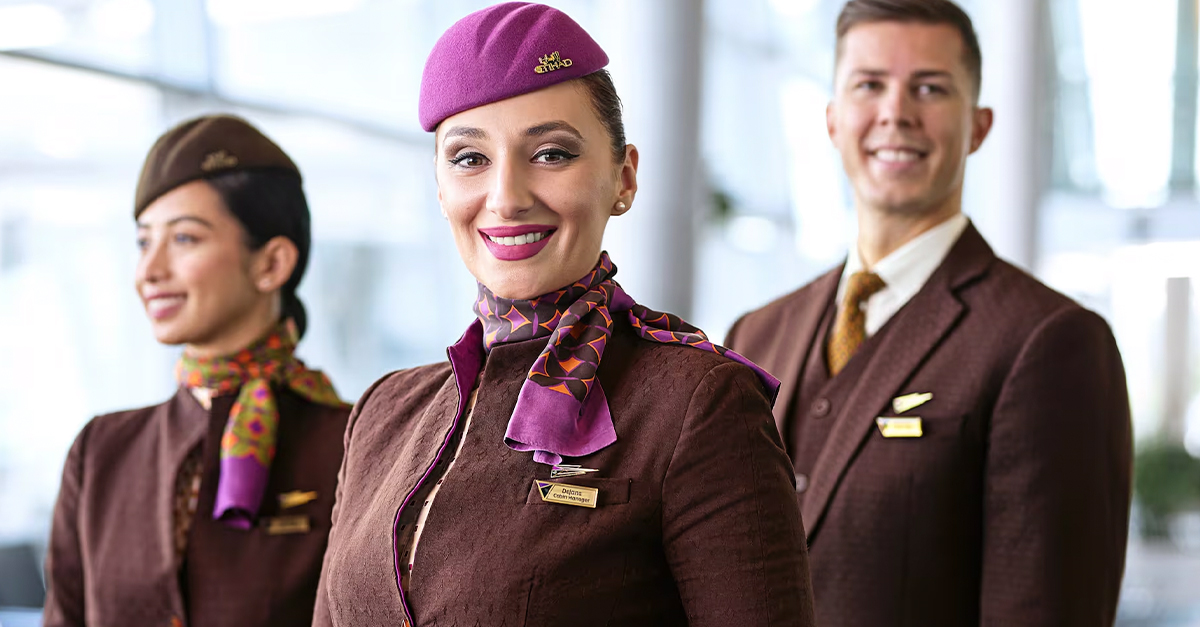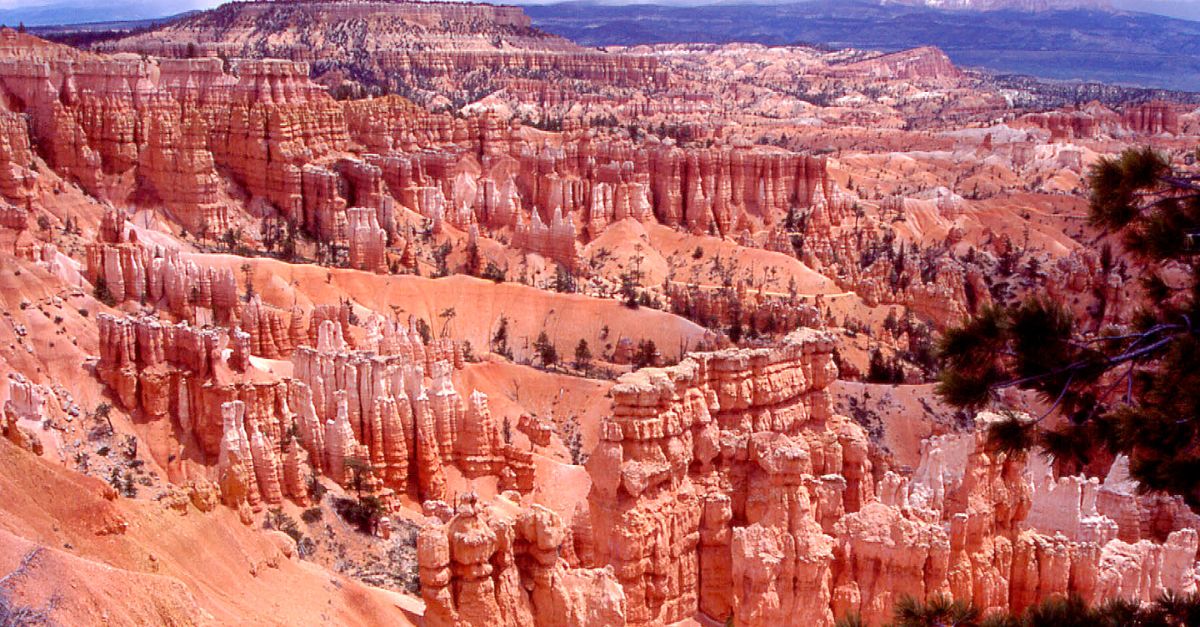Truths That History Books Skipped Over
History class gave you the names, dates, a map, and maybe a portrait or two. But the real Lewis and Clark expedition? That was pure chaos and ingenuity.
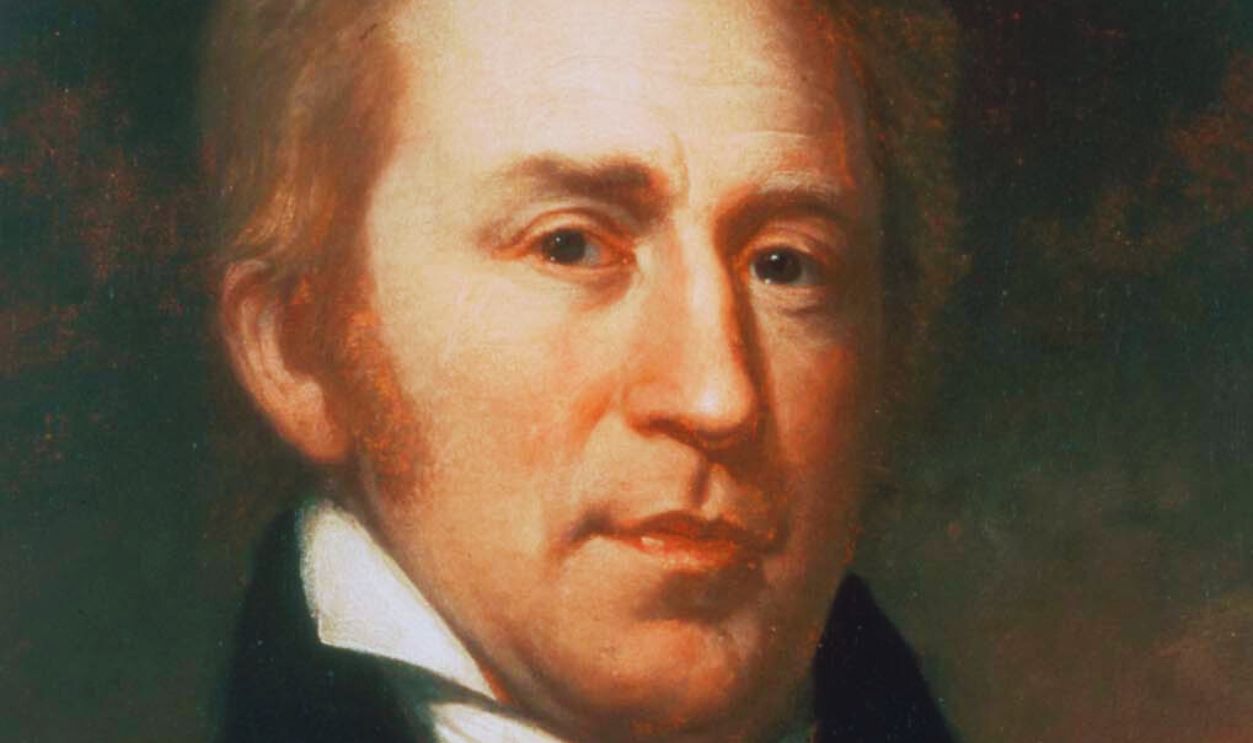
Lewis Was Accidentally Shot
One misfire, one very embarrassing entry in the journal. Meriwether Lewis, co-leader of the most ambitious American expedition of its time, was accidentally shot in the buttocks. It wasn't a duel or a heroic injury. It was an innocent mistake by Pierre Cruzatte, a member of the group.
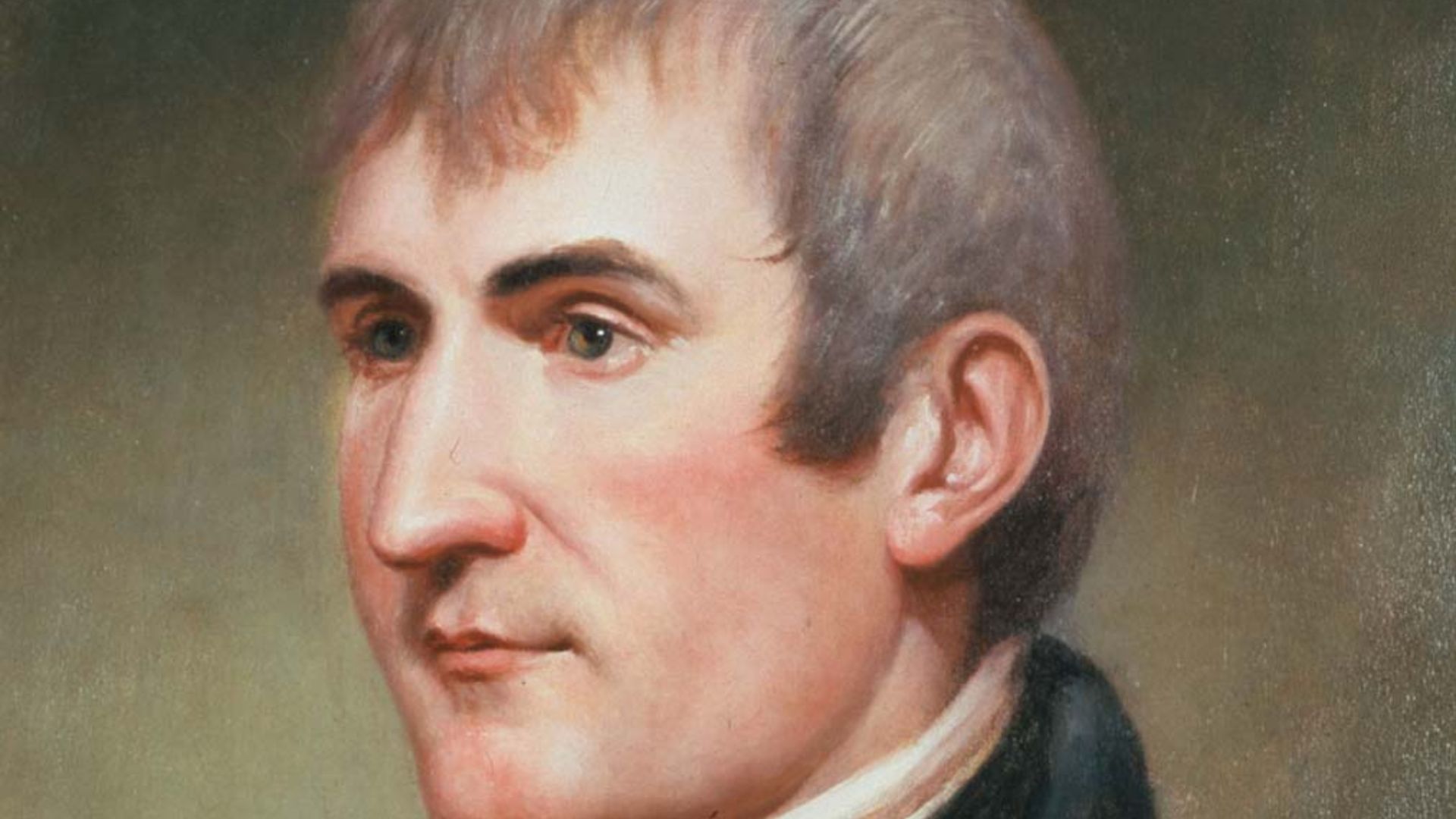 Charles Willson Peale, Wikimedia Commons
Charles Willson Peale, Wikimedia Commons
Lewis Was Accidentally Shot (Cont.)
He thought there was an elk nearby, only to find out that it was Lewis. He spent about 10 days recovering while lying on his side, writing entries with stiff dignity. No Hollywood scene could make it look noble. But Lewis? He had the guts to admit it in ink.
Jefferson Expected Wooly Mammoths
President Jefferson genuinely hoped Lewis and Clark would stumble upon living wooly mammoths. Seriously. At the time, many scientists (including Jefferson) believed such extinct creatures might still roam the unexplored American West. So, Lewis packed scientific gear to potentially document prehistoric giants.
Jefferson Expected Wooly Mammoths (Cont.)
Spoiler: no mammoths or any other extinct creatures. Just a lot of elk and grizzlies. Still, the fact that Jefferson thought they might find giant prehistoric beasts speaks volumes about how mysterious the West seemed in 1804. It was science fiction in buckskin.
York Was A Black Man Who Voted
York was an enslaved Black man who trekked with the Corps from Missouri to the Pacific and back. When it was time to vote on where to build winter camp, his voice counted. He stood shoulder to shoulder with white soldiers, fighting off the same dangers.
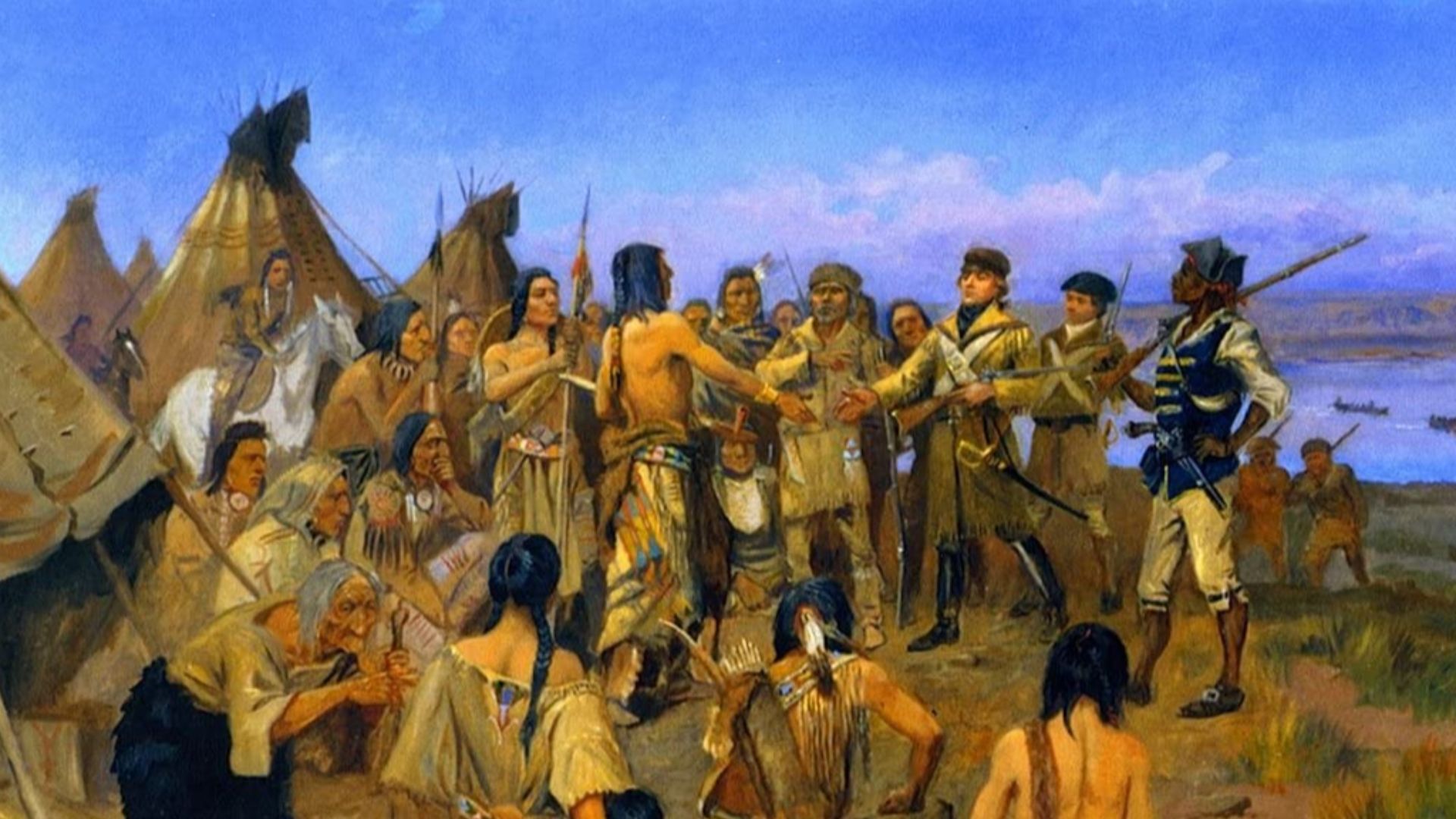 Charles Marion Russell, Wikimedia Commons
Charles Marion Russell, Wikimedia Commons
Sacagawea Wasn't A Pathfinder
Let's get this straight: Sacagawea didn't lead anyone with a compass. She didn't stand in front, shouting directions or charting rivers on parchment. What did she do? Translate and signal peaceful intent every time they approach a tribe.
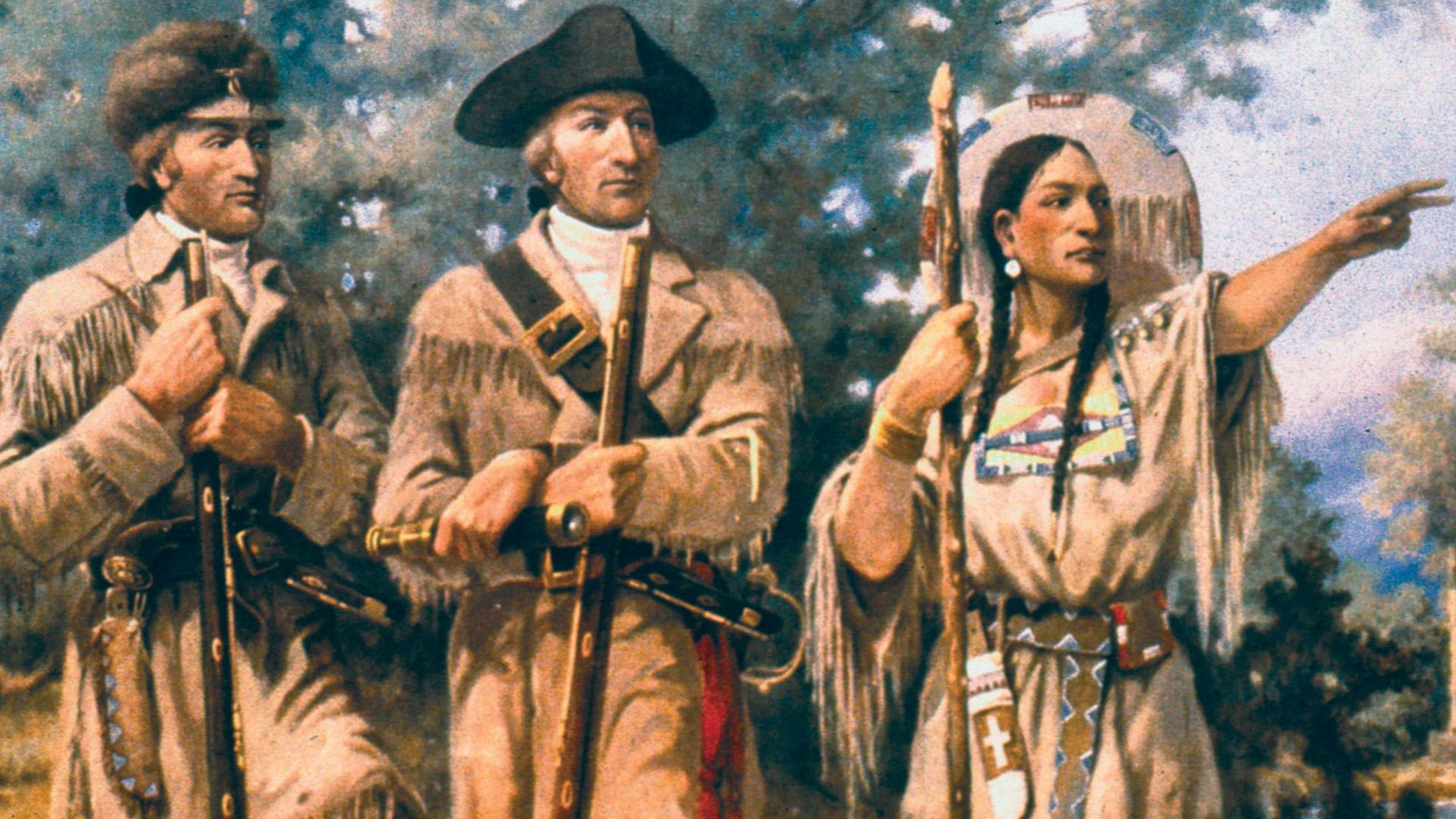 Edgar Samuel Paxson, Wikimedia Commons
Edgar Samuel Paxson, Wikimedia Commons
Sacagawea Wasn't A Pathfinder (Cont.)
Her presence calmed fears and opened doors. It's easy to romanticize her as the GPS of the expedition. But her real power was in diplomacy. Her language skills saved the crew more than any map ever could.
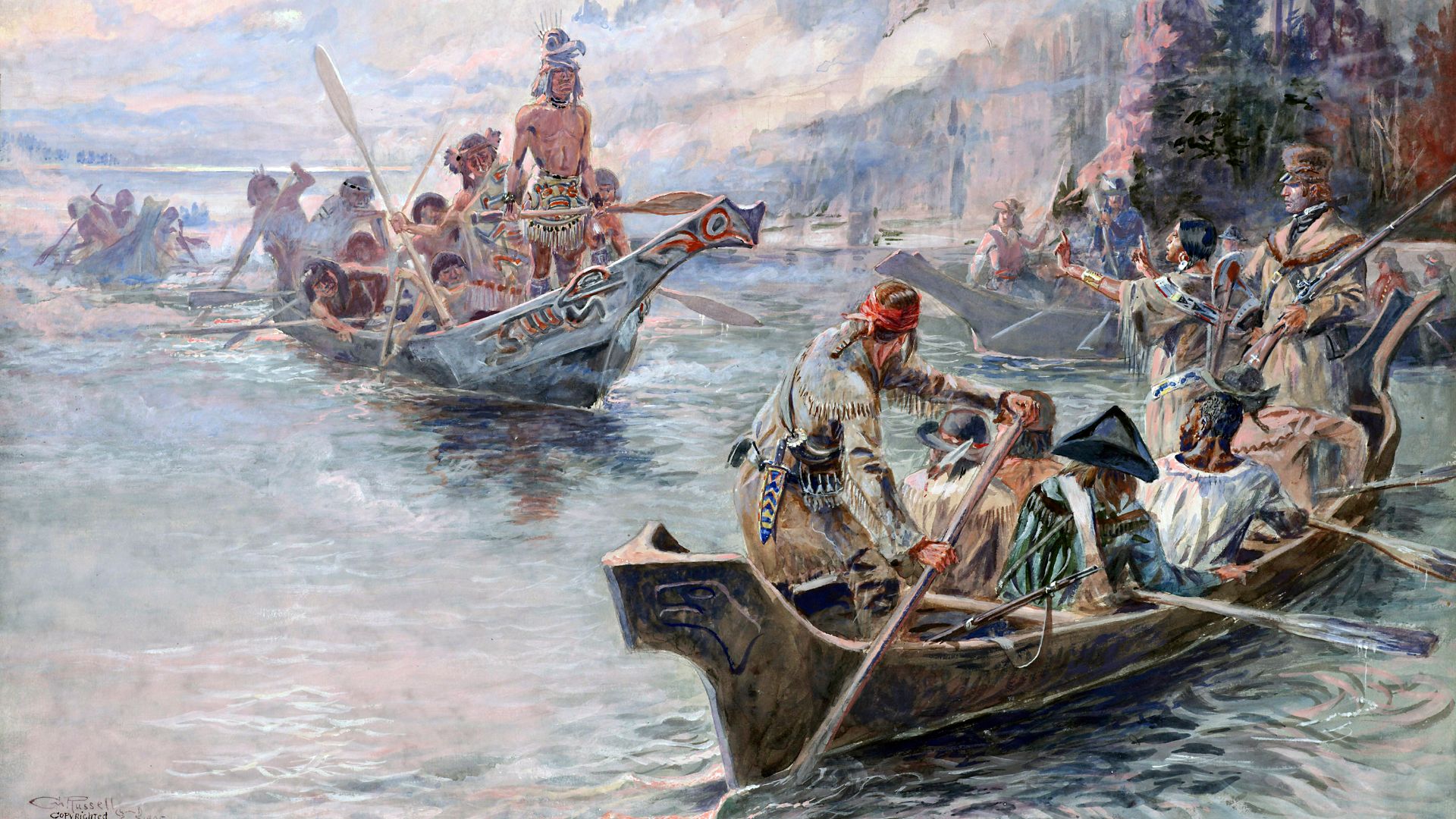 Charles Marion Russell, Wikimedia Commons
Charles Marion Russell, Wikimedia Commons
They Discovered The Prairie Dog
The moment Lewis and Clark saw one pop out of the earth like a squeaky toy with attitude, they knew this creature had to be documented. The Corps spent an entire afternoon trying to flood a prairie dog out of its burrow with buckets of water.
They Discovered The Prairie Dog (Cont.)
That didn't work, so they dug for hours. When they finally caught it, they sent it alive back to President Jefferson. That little critter traveled more than some people do in a lifetime. It was a dedication to cuteness and curiosity.
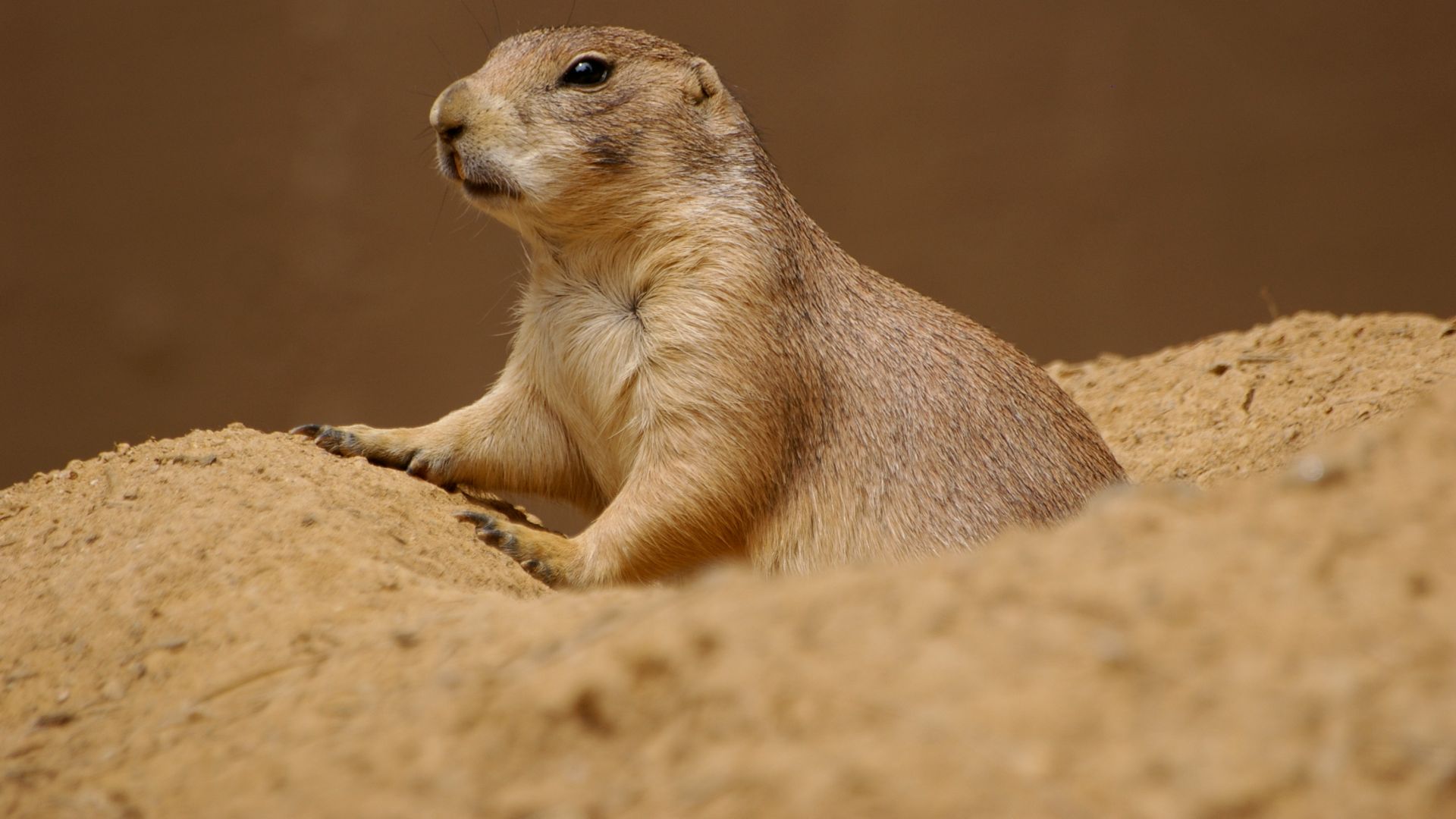 pelican from Tokyo, Japan, Wikimedia Commons
pelican from Tokyo, Japan, Wikimedia Commons
Only One Member Perished
With all the grizzly bears, rogue rivers, icy cliffs involved, and angry tribes, you'd expect a trail of tombstones. But out of over 30 men, only one, Sergeant Charles Floyd, died. And it wasn't from a wound or infection. Nope. It was likely appendicitis, something no frontier medicine could fix.
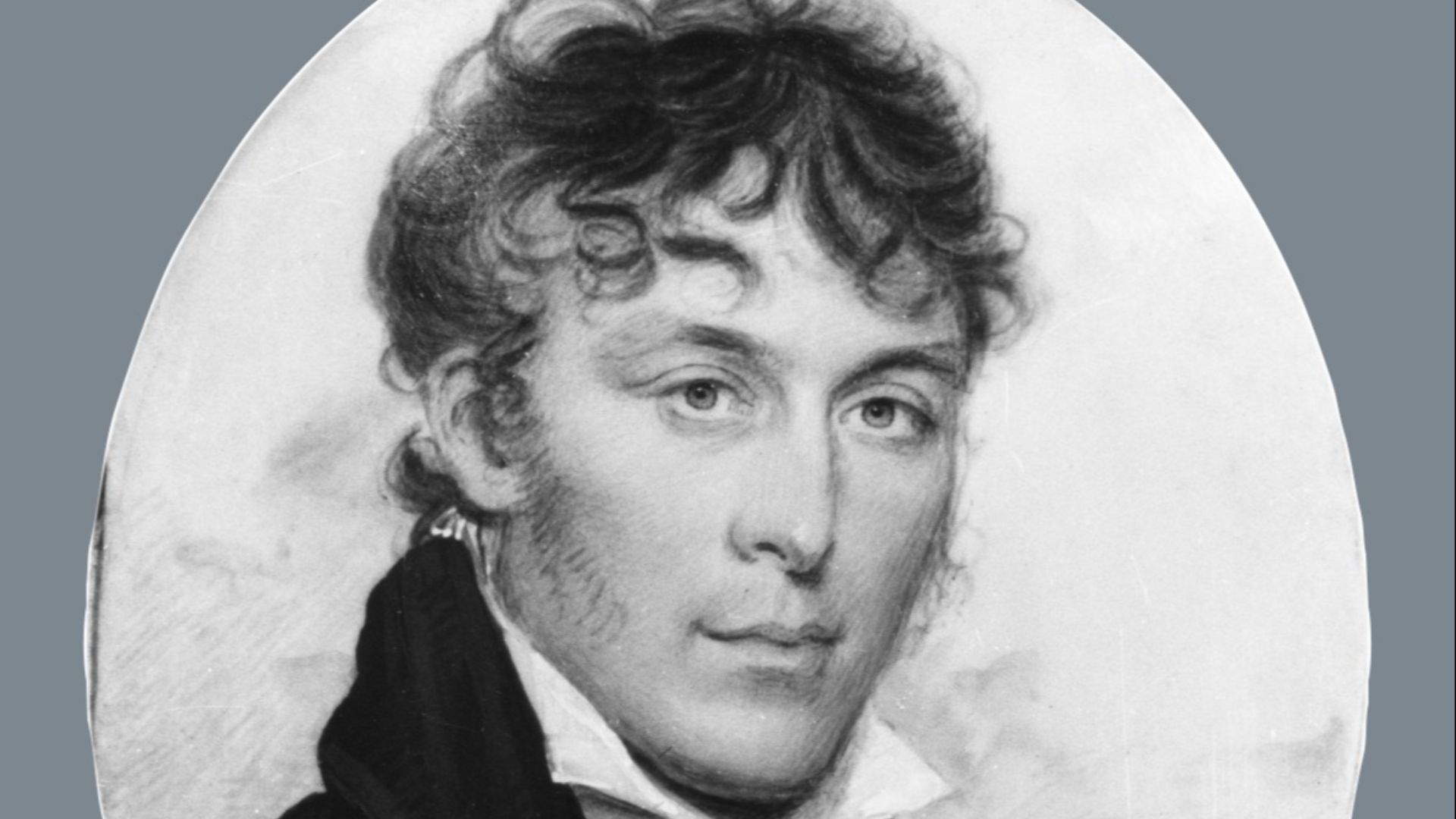 Benjamin Trott, Wikimedia Commons
Benjamin Trott, Wikimedia Commons
Only One Member Perished (Cont.)
He passed early on the journey near modern-day Iowa. They buried him on a bluff and named it in his honor. The rest limped and shivered their way to the Pacific and back. For a two-year death-defying trek, their odds were almost mythical.
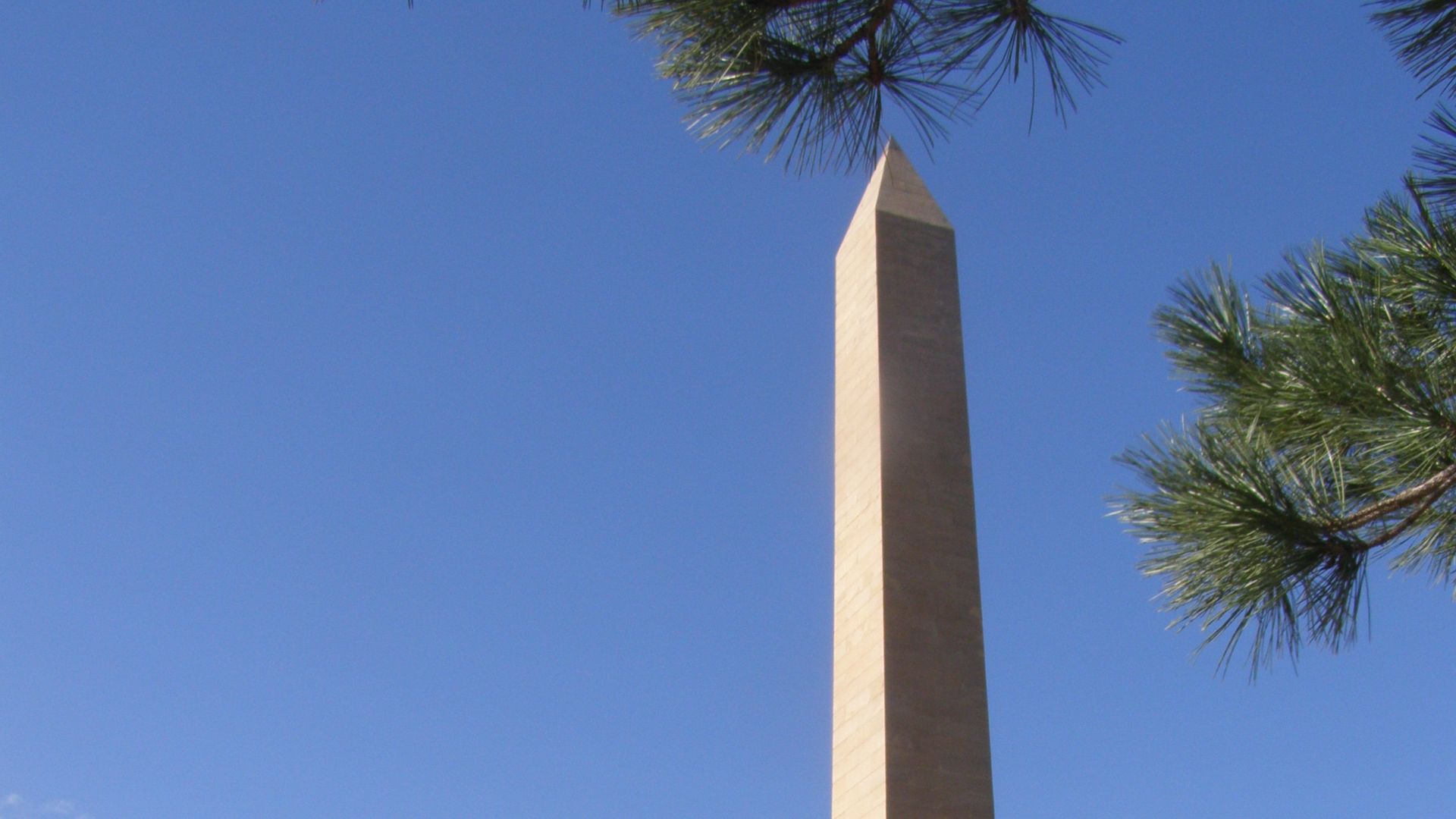 Chris Light, Wikimedia Commons
Chris Light, Wikimedia Commons
They Carried A Collapsible Boat
Lewis designed a collapsible iron-frame boat, meant to be assembled with elk hides on the go. It was revolutionary but totally impractical. When they finally tried to float it, the thing leaked like a sieve. After all that effort, it became a metal skeleton left behind in the woods.
 H-G Wallentinus, Wikimedia Commons
H-G Wallentinus, Wikimedia Commons
They Traded Peace Medals
Not all diplomacy is done with documents and declarations. Sometimes, it's done with shiny silver disks. The Corps carried "Jefferson peace medals" to give to Native leaders. This was a token stamped with the president's face and a handshake.
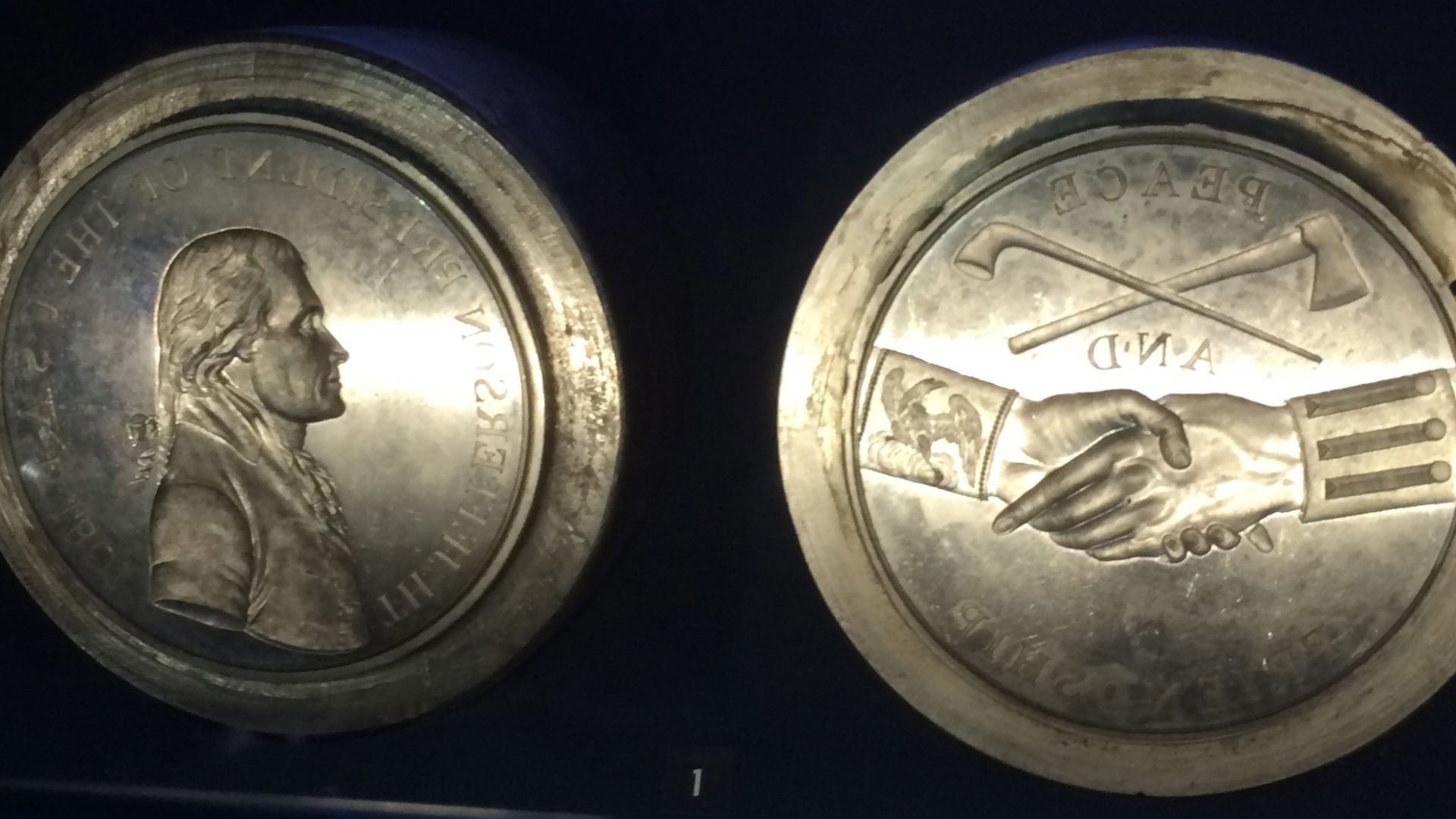 Johann Mathias Reich, Wikimedia Commons
Johann Mathias Reich, Wikimedia Commons
They Traded Peace Medals (Cont.)
It was a political message: "You're now part of our circle". These medals were meant to forge trust and introduce a new power dynamic without firing a shot. Not every tribe welcomed them, though. Some saw the message as veiled control.
They Mapped Nearly 8,000 Miles
Imagine tracing an invisible road through swamps, cliffs, snowcaps, and plains with nothing but compasses and a gut feeling. That's what Lewis and Clark did while sketching nearly 8,000 miles of America by hand. No GPS or drones—just daily measurements and reckoning.
 Gwillhickers, Wikimedia Commons
Gwillhickers, Wikimedia Commons
They Mapped Nearly 8,000 Miles (Cont.)
Their maps weren't perfect, but for their time, they were genius-level work. These scribbled pages became the blueprint for America's westward expansion. Future explorers relied on them like sacred texts. Even today, some of those original notes hold uncanny geographic accuracy.
 Unknown authorUnknown author, Wikimedia Commons
Unknown authorUnknown author, Wikimedia Commons
Sacagawea Traveled With Her Infant
She didn't leave the baby behind. Sacagawea strapped her infant son, Jean Baptiste, to her back and trekked over mountains and wild terrain like it was part of motherhood. Talk about multitasking. This young woman nailed it.
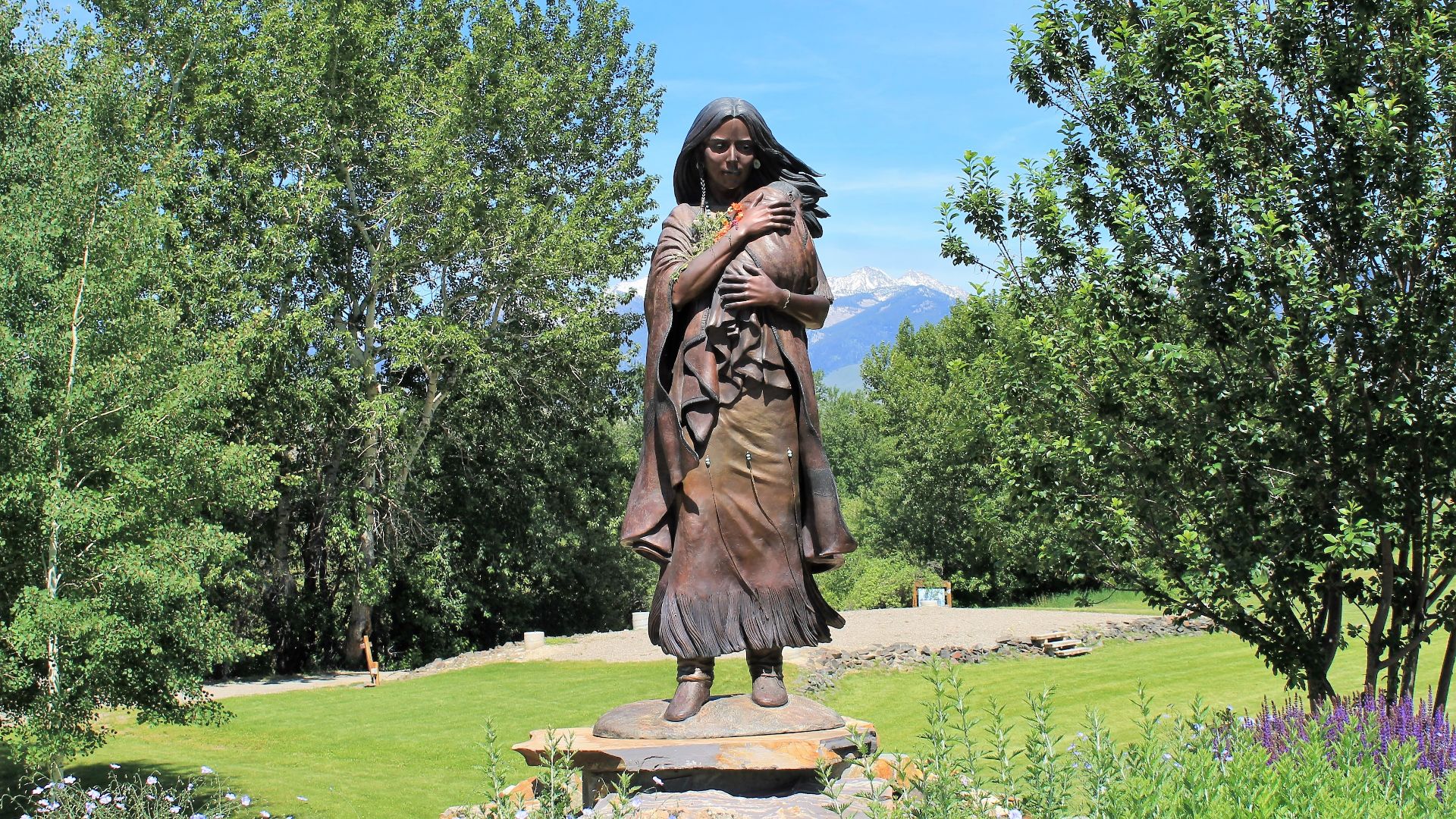 Rickmouser45, Wikimedia Commons
Rickmouser45, Wikimedia Commons
Sacagawea Traveled With Her Infant (Cont.)
The crying baby was actually a secret weapon. Native tribes saw the infant and immediately recognized the group wasn't a war party. Who brings a baby to a battle? This one small boy turned fear into trust time and again. She made survival look like second nature.
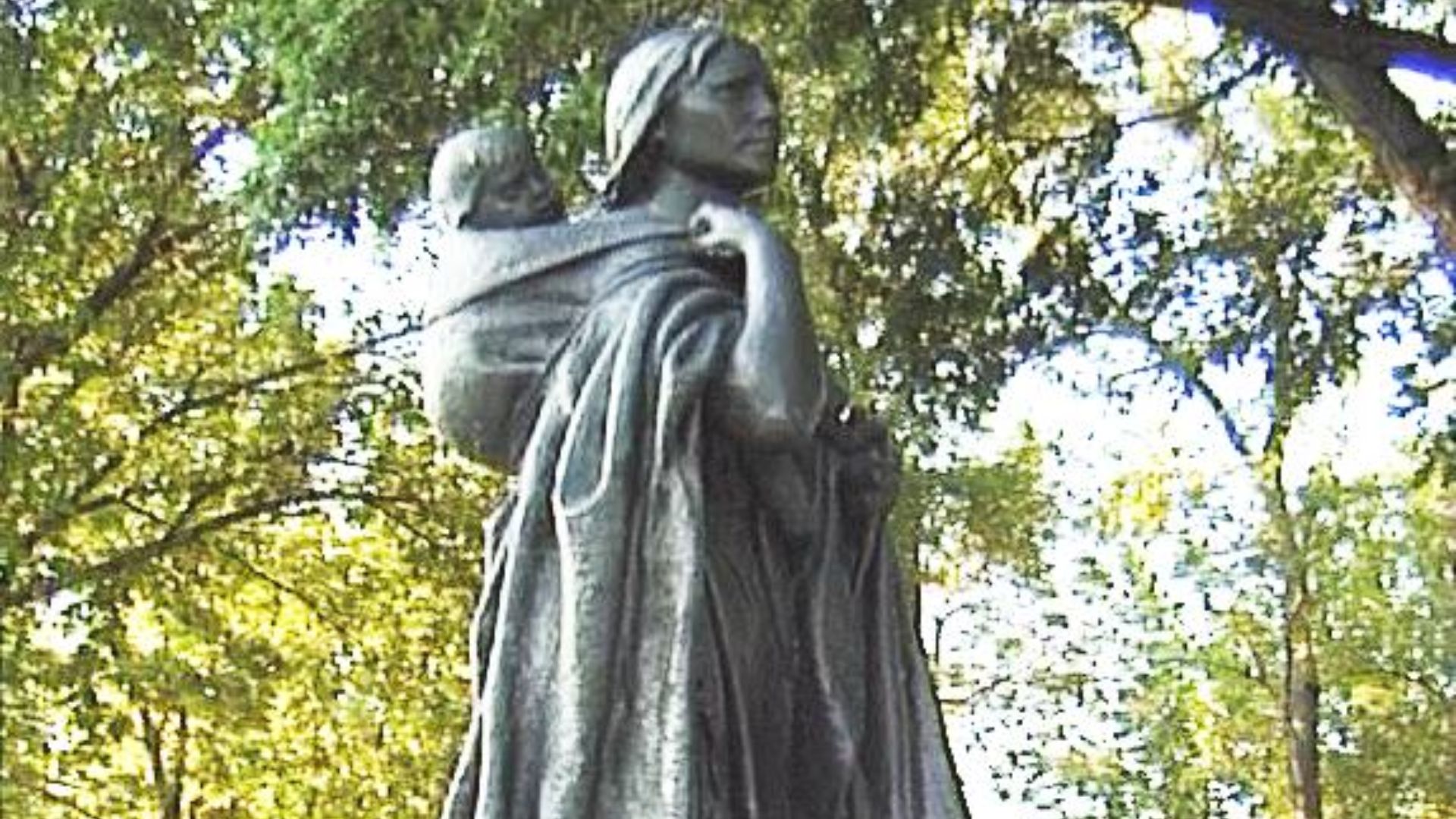 Leonard Crunelle (1872-1944) sculptor, photographer Hans Andersen, Wikimedia Commons
Leonard Crunelle (1872-1944) sculptor, photographer Hans Andersen, Wikimedia Commons
They Held The First US West Coast Election
Forget rigid hierarchies. When the expedition reached the Pacific, they didn't let only the officers decide where to camp for winter. They held a vote. And everyone meant everyone, including Sacagawea and York. In 1805, that was practically science fiction.
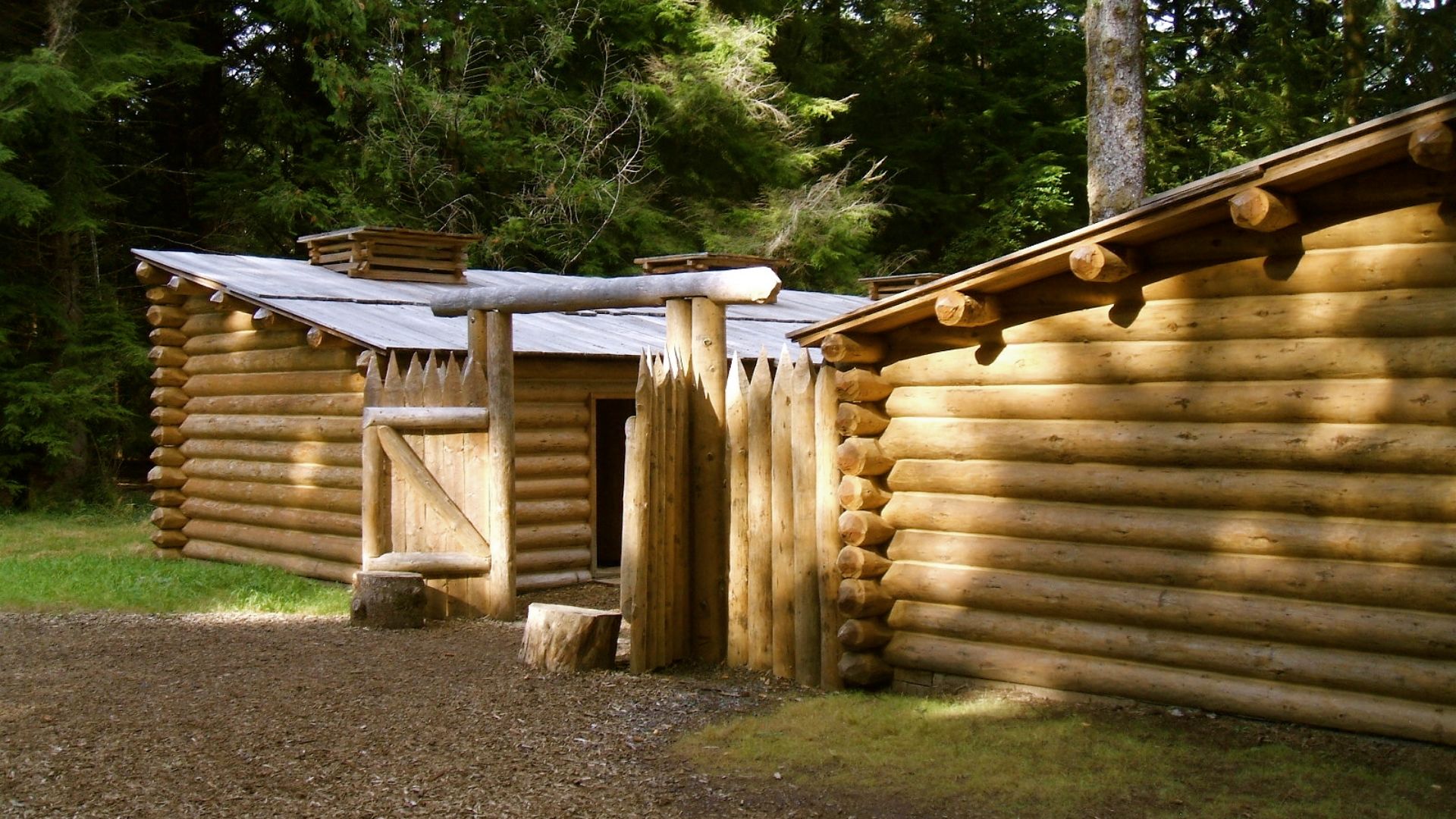 Glenn Scofield Williams from USA, Wikimedia Commons
Glenn Scofield Williams from USA, Wikimedia Commons
They Held The First US West Coast Election (Cont.)
Democracy stretched further west than it ever had. This ragtag group of soldiers, scouts, slaves, and interpreters made a decision like a true team. It was a tiny crack in America's rigid caste system, and it didn't last. Still, it was real.
Clark's Spelling Was Wild
William Clark could explore rivers and wrangle mules like a legend. Spelling? That was his Achilles' heel. He wrote "mosquito" in nine different ways. "Sioux" came out like a sneeze. And he turned "bear" into "bar".
 Jarvis, John Wesley, 1780-1840, Wikimedia Commons
Jarvis, John Wesley, 1780-1840, Wikimedia Commons
Clark's Spelling Was Wild (Cont.)
His journal reads like a phonetic rollercoaster, yet it's one of the richest sources we have about the expedition. You can almost hear the words as he imagined them. Formal grammar never stood a chance. But here's the truth: the spelling might've been a mess, but the content was gold.
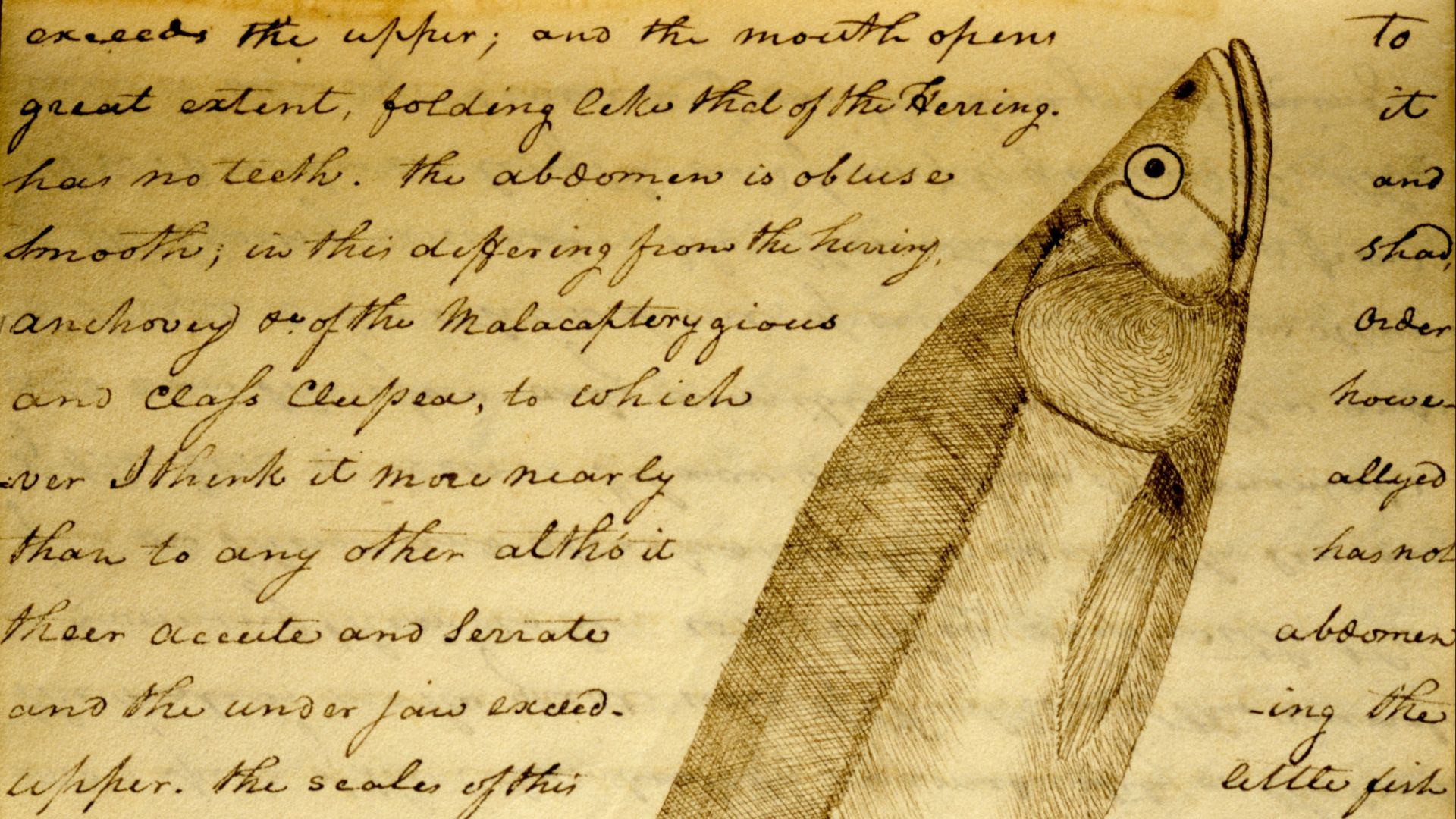 Clark, William, 1770-1838, Wikimedia Commons
Clark, William, 1770-1838, Wikimedia Commons
They Thought Grizzlies Were Exaggerated
At first, they thought the stories were tall tales. Gigantic bears? That could take bullets like armor? Please. Then they met one. The Corps faced off with grizzlies that seemed invincible. One bear even chased six armed men into a river. After that, the men stopped doubting Native warnings.
They Sent A Live Magpie To Jefferson
Straight from the wilds of the West, a noisy little magpie was boxed up and shipped across the continent like an avian postcard. It joined the live prairie dog and other specimens sent to impress the president. Lewis and Clark were FedEx for fauna.
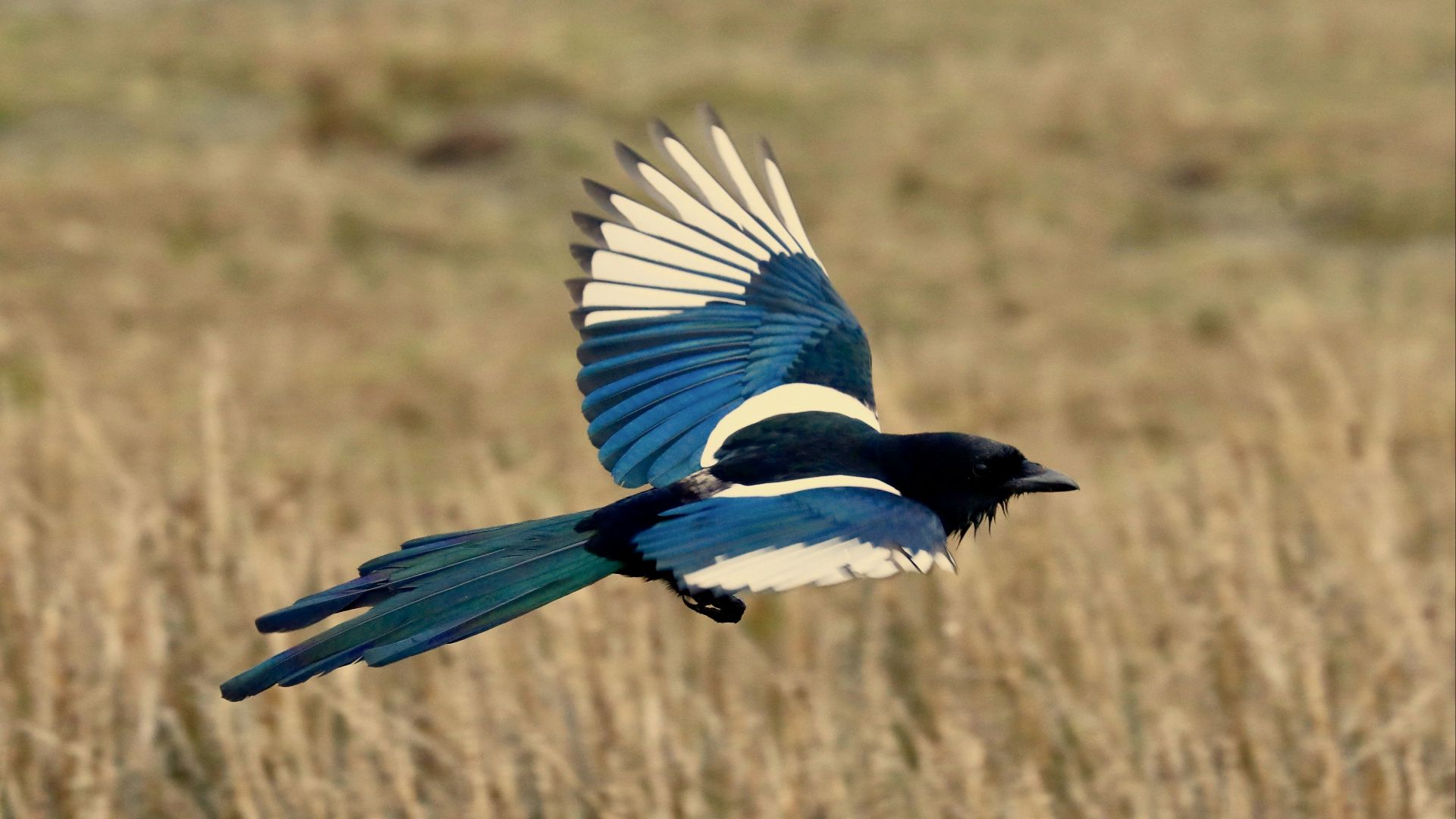 Proinsias Mac an Bheatha, Unsplash
Proinsias Mac an Bheatha, Unsplash
They Drank Over 30 Gallons Of Whiskey
Early on, the expedition's supply list read like a frat party menu, especially the 30+ gallons of whiskey. Used for morale, warmth, celebration, and probably sanity, it was rationed out regularly until it ran dry.
They Drank Over 30 Gallons Of Whiskey (Cont.)
They sipped it after crossing rivers. Gulped it before tricky negotiations. Clung to it during frigid nights. The booze was also a universal translator, breaking tension and building friendships. Once it was gone, spirits dipped.
They Used Dog Meat As Food
When game meat ran low, the traveling party looked to their four-legged traveling companions. Dog meat became a reluctant staple, especially among tribes like the Shoshone and Nez Perce, who offered it as a delicacy. Some men cringed. Others leaned in. Lewis was surprisingly okay with it, but Clark wasn't.
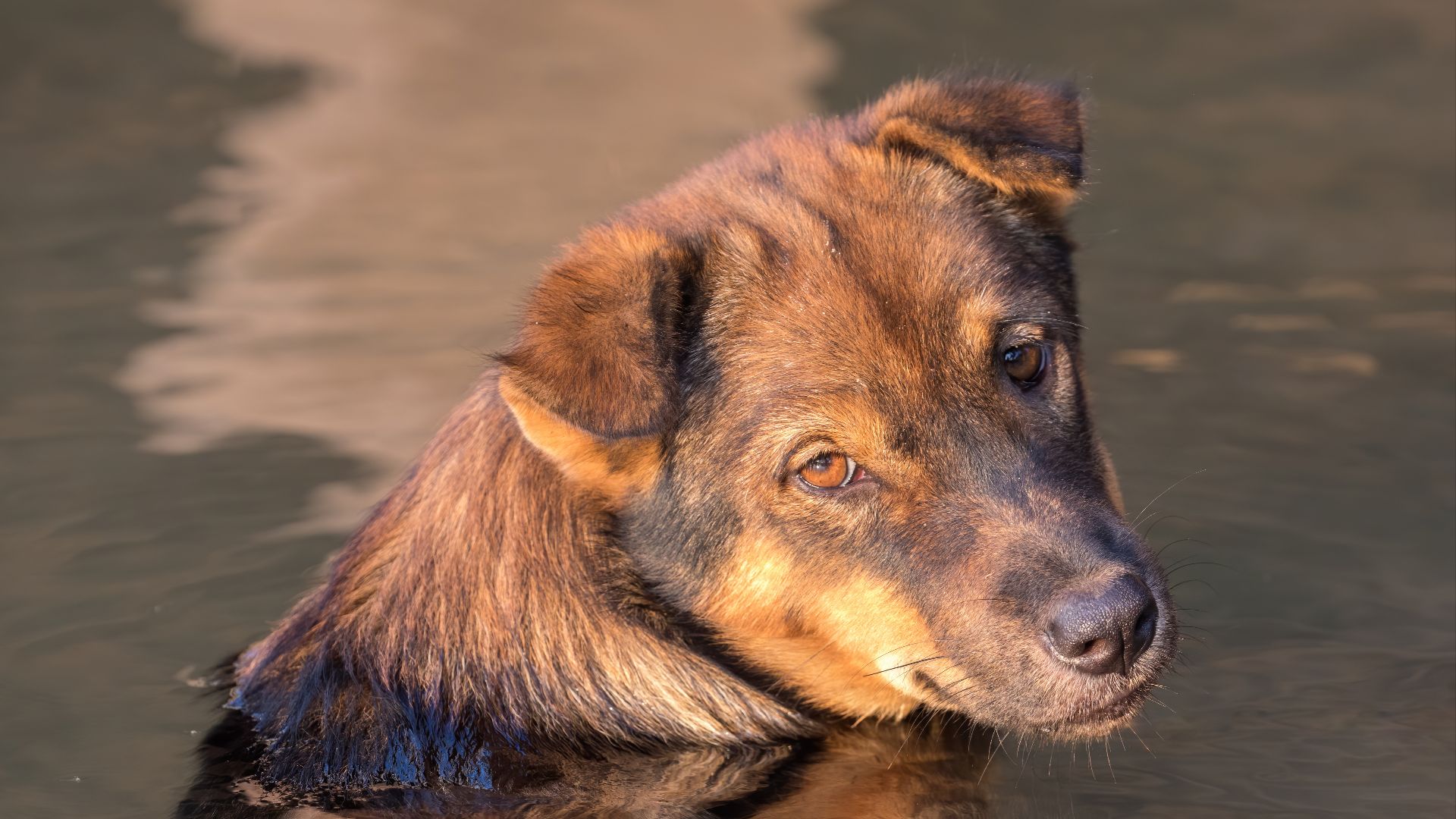 Basile Morin, Wikimedia Commons
Basile Morin, Wikimedia Commons
The Men Carried A Miniature Library
Between rifles and ropes, the Corps hauled a tiny treasure: a waterproofed box of books. Scientific manuscripts, medicine manuals, travel documents, even a dictionary. Lewis selected each one carefully as he knew survival might hinge on a single paragraph.
They Boiled Seawater For Salt
Forget store-bought shakers. The Corps needed salt to survive—both to season bland meals and preserve meat. So, they set up a literal salt factory on the Pacific Coast by boiling gallons of seawater in iron kettles day and night.
They Boiled Seawater For Salt (Cont.)
It was necessary. Salt kept the elk edible and spirits up. For weeks, two men rotated shifts over the fire, producing a few tablespoons at a time. This task took time and patience, but it was essential for their survival.
They Never Found The Northwest Passage
All that walking, rowing, freezing, and climbing, and their primary mission? A bust. Jefferson dreamed of a waterway connecting the Atlantic to the Pacific. The fabled Northwest Passage. Lewis and Clark were supposed to find it. Spoiler alert: it didn't exist.
They Never Found The Northwest Passage (Cont.)
Instead, they discovered rivers that dead-ended at mountains and portages that nearly killed them. But failure didn't feel like one. What they found changed maps and exposed just how wild the West truly was. The mission pivoted from shortcut-hunting to survival.
Lewis Brought A Portable Inkstand
Lewis wrote with quills dipped in ink from a clever little portable inkstand that traveled in a leather case. It was high-tech for 1804: compact and refillable. Through rainstorms and river crossings, that inkwell recorded the plants and animals they saw and the near-death moments they somehow survived.
 Unknown authorUnknown author, Wikimedia Commons
Unknown authorUnknown author, Wikimedia Commons
They Met Over 50 Tribes
Encountering more than 50 Native American tribes, the group learned about customs, languages, history, and political dynamics. Some were welcoming, offering food and tools. Others were wary or even hostile. Communication often relied on translators and pure improvisation.
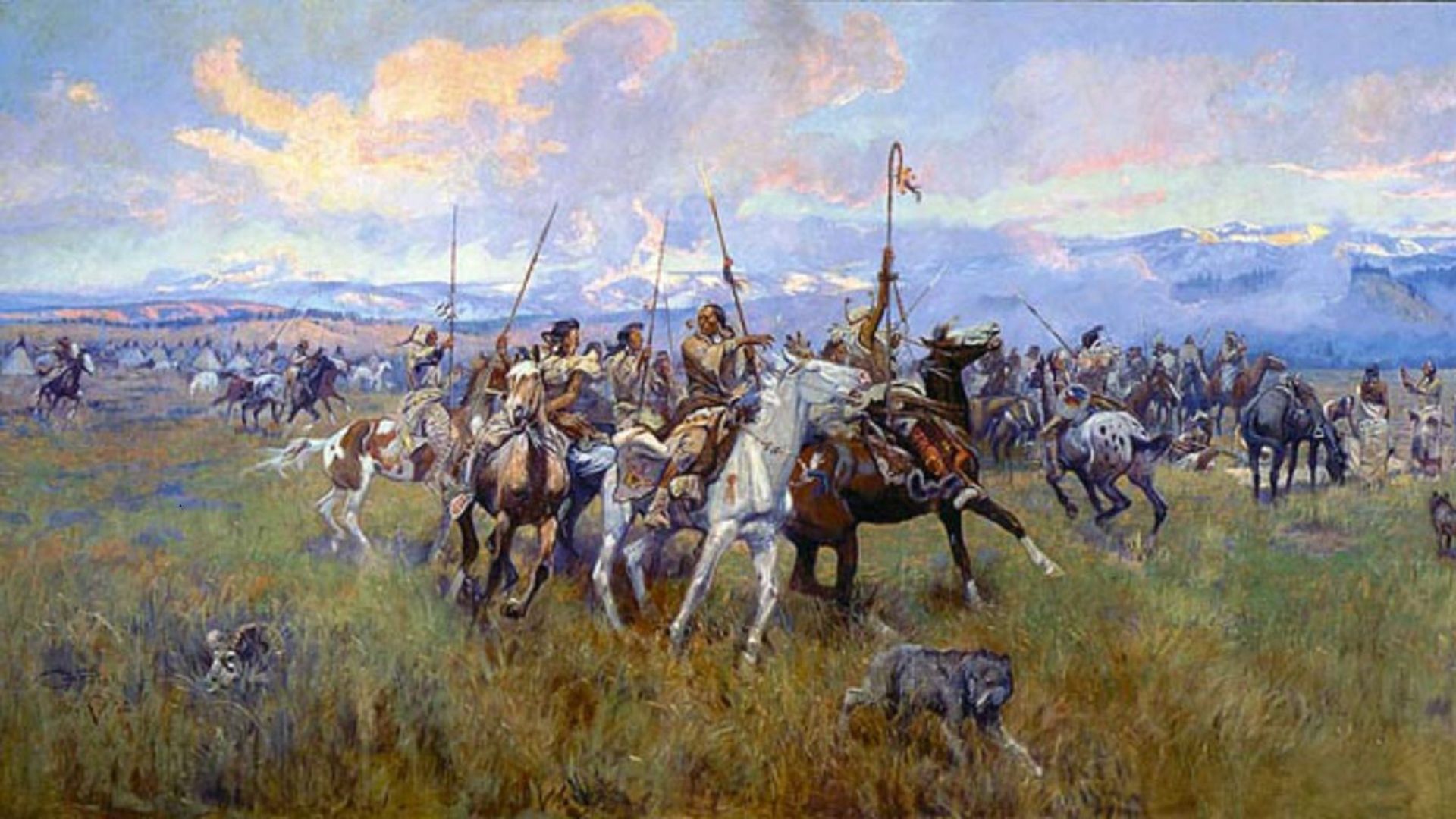 Charles Marion Russell, Wikimedia Commons
Charles Marion Russell, Wikimedia Commons
They Met Over 50 Tribes (Cont.)
But every meeting mattered. Each handshake or gift shaped the expedition's fate. Lewis and Clark were diplomats on unfamiliar turf. Their survival didn't hinge on firepower. It hinged on relationships, one tribe at a time.
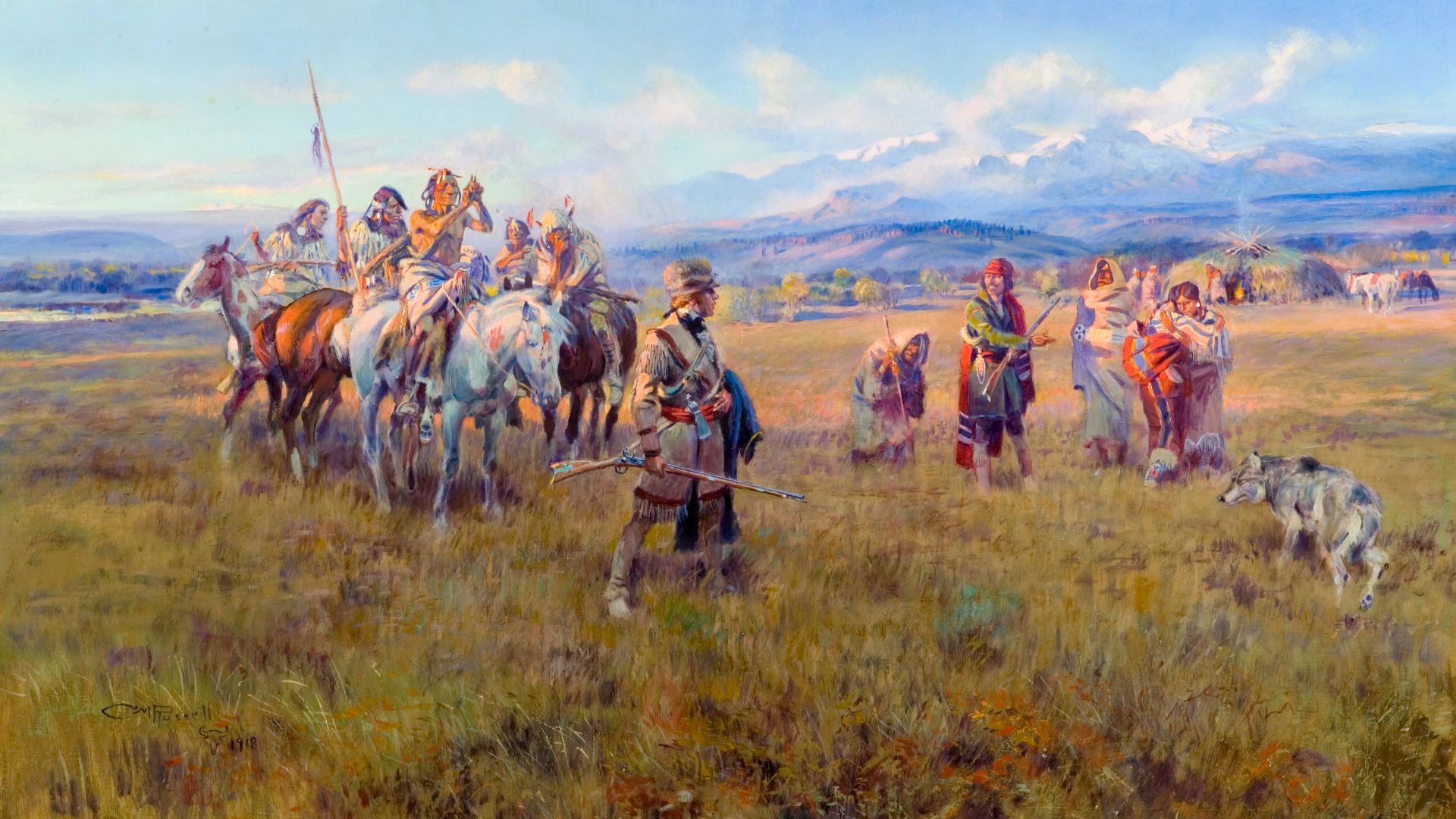 Charles Marion Russell, Wikimedia Commons
Charles Marion Russell, Wikimedia Commons
Lewis Knew He Might Die
This wasn't a joyride. Lewis knew danger was sewn into every mile. Before leaving, he drafted his will and wrapped up personal affairs. He even warned Jefferson that he might not return. And he meant it.
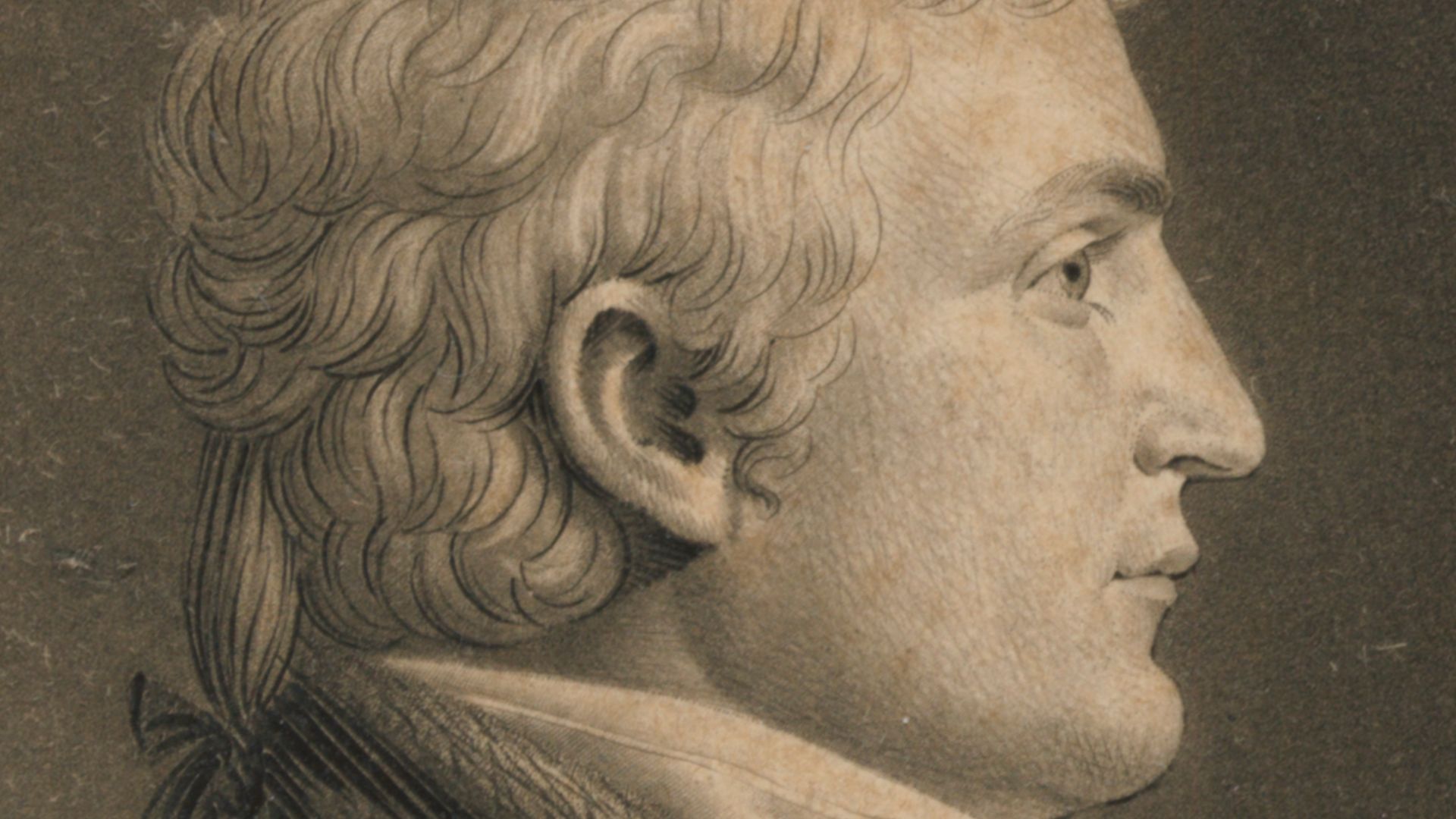 Charles Balthazar Julien Févret de Saint-Mémin, Wikimedia Commons
Charles Balthazar Julien Févret de Saint-Mémin, Wikimedia Commons
Lewis Knew He Might Die (Cont.)
The expedition faced grizzlies, falls, freezing nights, illness, and unknowns stacked like firewood. But Lewis still signed on. Courage was calculated and written in ink before the first step. Every day he survived was borrowed time. His awareness of death didn't paralyze him.
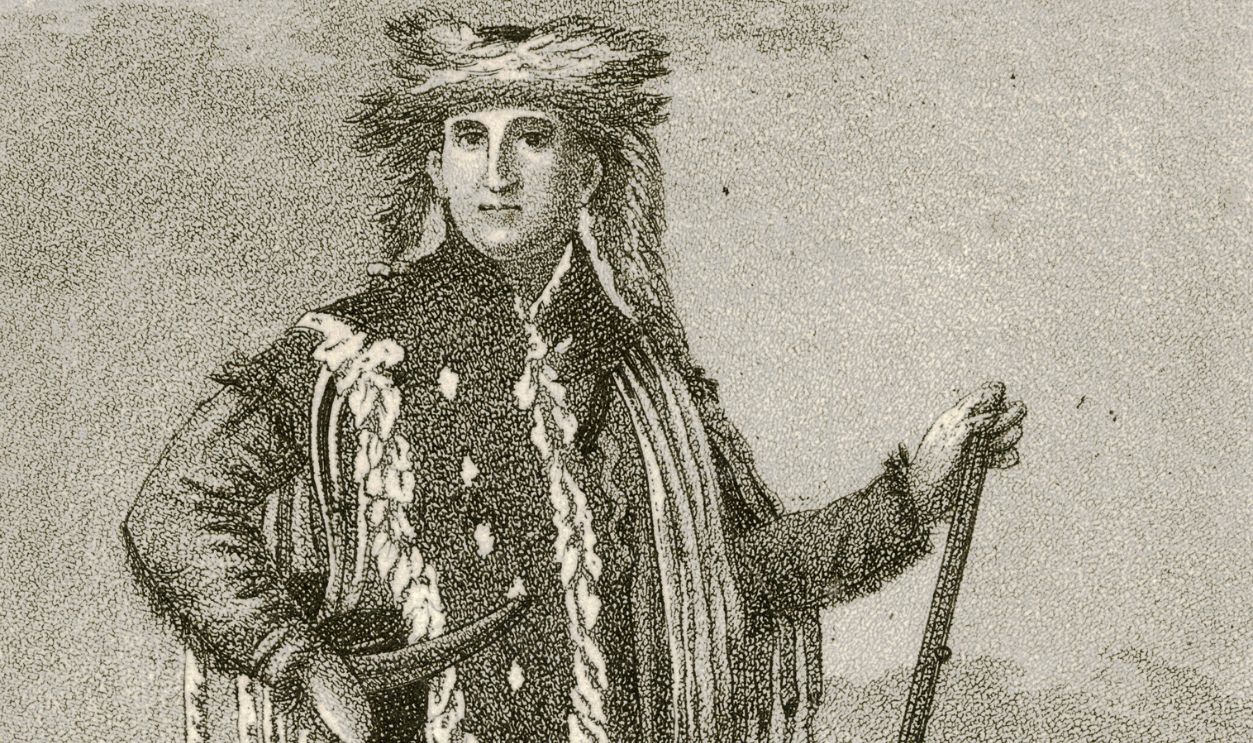 Strickland after Ch. Balthazar J. F. Saint Memin (1807), Wikimedia Commons
Strickland after Ch. Balthazar J. F. Saint Memin (1807), Wikimedia Commons
They Partied With Native Tribes
Not every meeting was tense or tactical. Sometimes, it turned into a party. Dancing, music, smoking peace pipes, and gift exchanges were all diplomacy and duty. Tribes would host the Corps in multi-day gatherings full of storytelling and rituals.
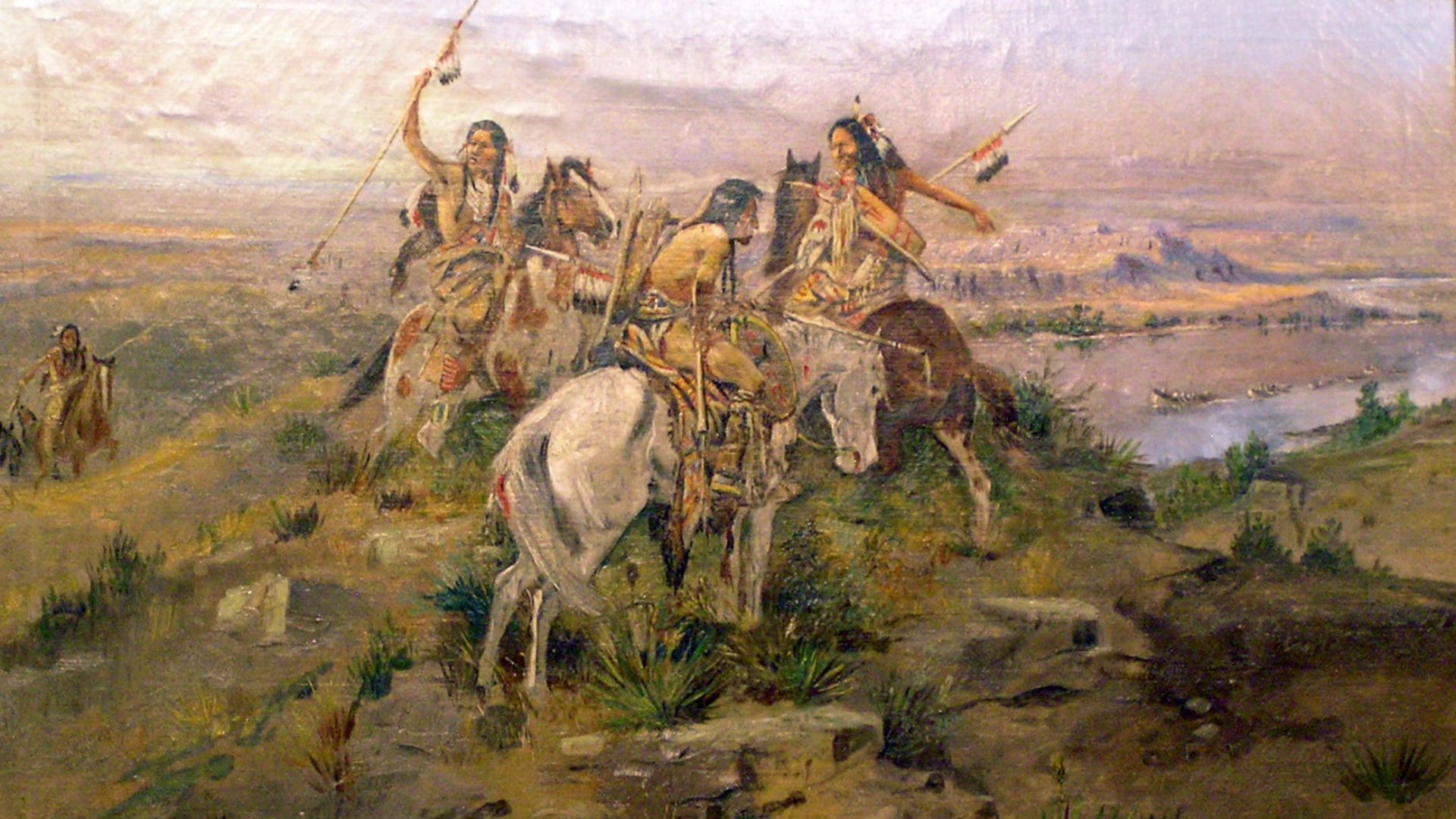 Charles Marion Russell, Wikimedia Commons
Charles Marion Russell, Wikimedia Commons
They Partied With Native Tribes (Cont.)
These were deep cultural exchanges, where laughter mixed with politics and friendships formed around fires. The Corps learned songs and survival strategies. In those moments, boundaries blurred, and human interactions got people closer, even for a while.
 Charles Marion Russell, Wikimedia Commons
Charles Marion Russell, Wikimedia Commons
The Spanish Tried To Stop The Expedition
While Lewis and Clark pushed westward, Spain was quietly freaking out. The Spanish crown, suspicious of American expansion, sent soldiers to intercept the expedition before it ever reached the Rockies. Jefferson kept things hush-hush as he was aware of the opposition.
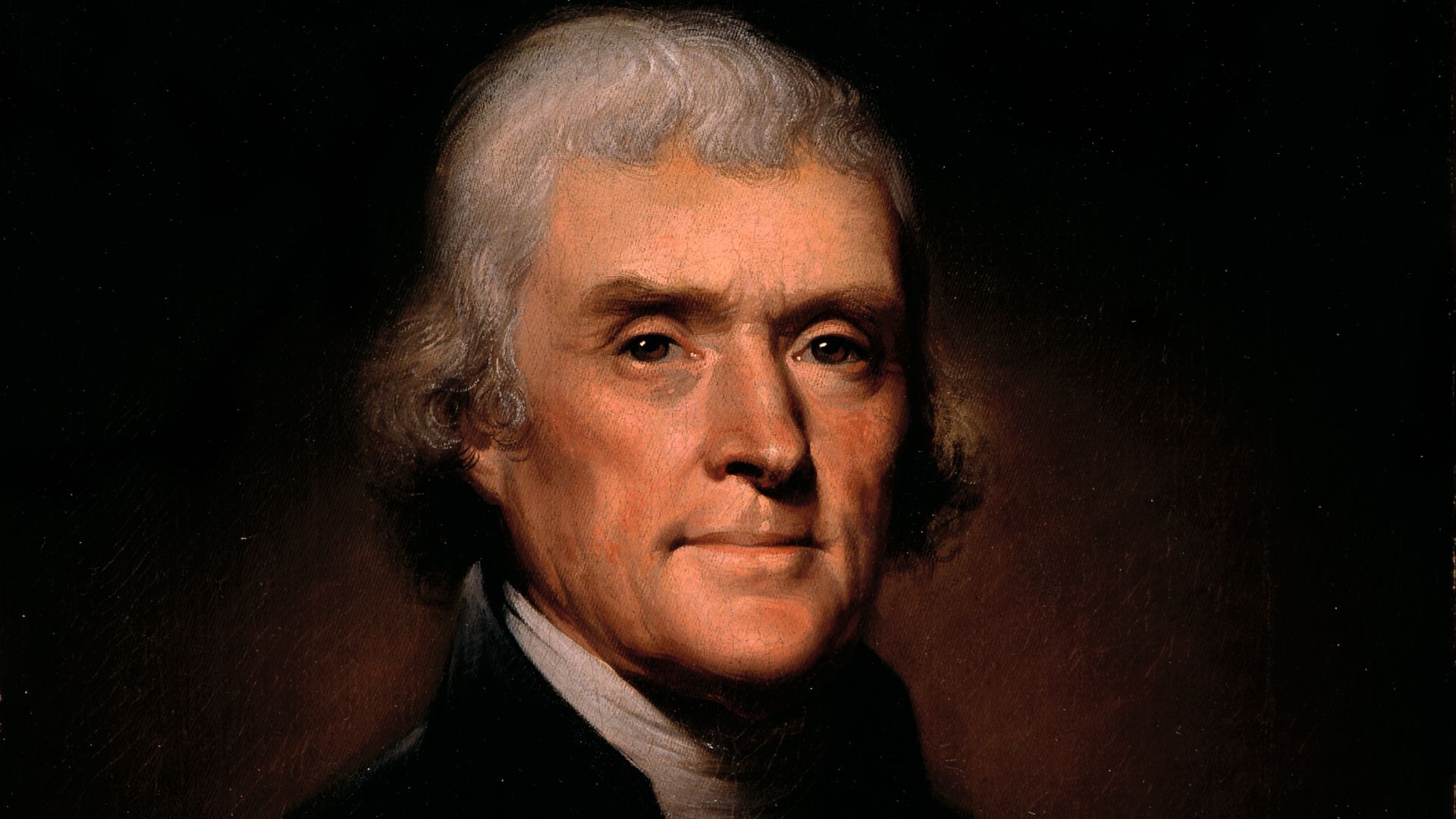 Rembrandt Peale, Wikimedia Commons
Rembrandt Peale, Wikimedia Commons
The Spanish Tried To Stop The Expedition (Cont.)
The Spanish deployed multiple scouting parties to track down and detain the explorers. But they never caught up. The wild terrain, and sheer timing kept Lewis and Clark just out of reach. It sounds like spy fiction, but it’s real: rival empires and a race through the wilderness.
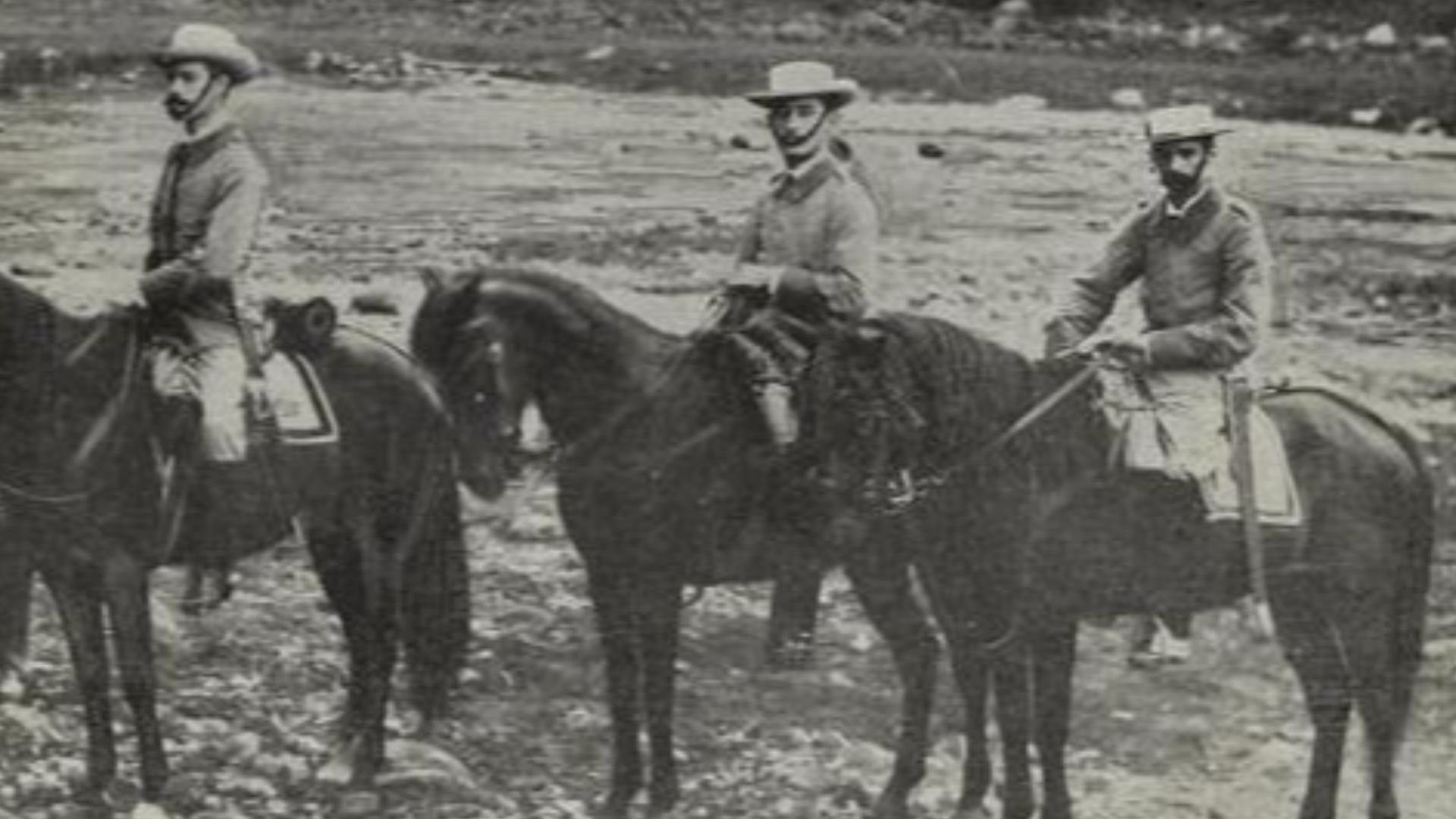 Unknown authorUnknown author, Wikimedia Commons
Unknown authorUnknown author, Wikimedia Commons
They Battled The Bitterroots
The Bitterroot Mountains nearly broke the Corps. Snow piled higher than their horses and food ran out. For days, they wandered in freezing silence. Even their Shoshone escorts got confused. The Pacific felt a million miles away. And yet, they didn't quit.
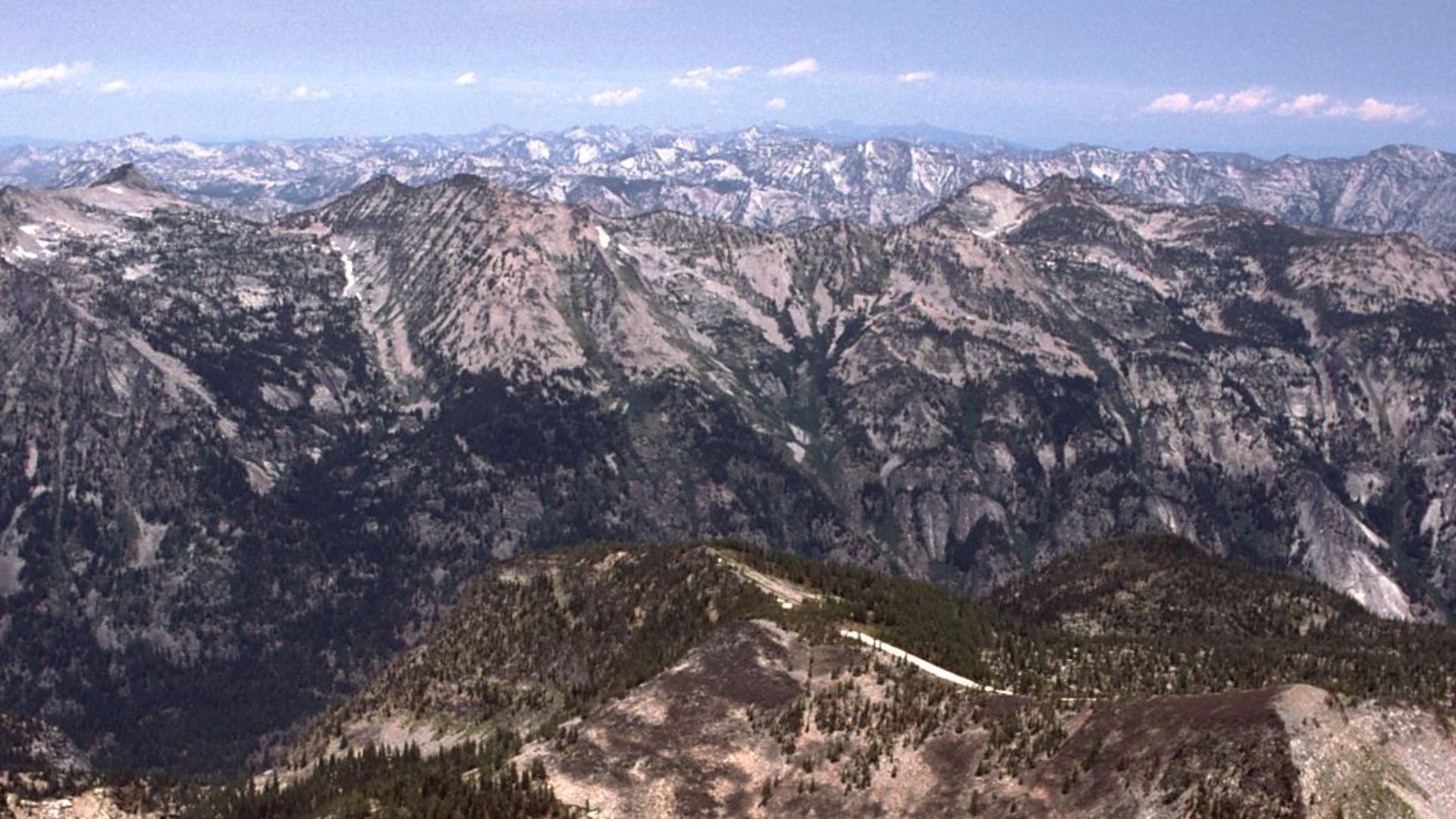 G. Thomas at English Wikipedia, Wikimedia Commons
G. Thomas at English Wikipedia, Wikimedia Commons
Clark Adopted Sacagawea's Son
After the journey ended, Clark made a promise and kept it. He offered to raise Jean Baptiste, Sacagawea's son, and give him a proper education. This wasn't some symbolic gesture. Clark followed through. He brought the boy to St Louis and enrolled him in school.
Clark Adopted Sacagawea's Son (Cont.)
Later, Jean Baptiste traveled to Europe, likely funded by Duke Paul of Wurttemberg. Baptiste wasn't just "the baby on the journey." He grew into a multilingual adventurer who lived in royalty's courts and later returned to the American West. One bond on the trail became a lifelong legacy.


